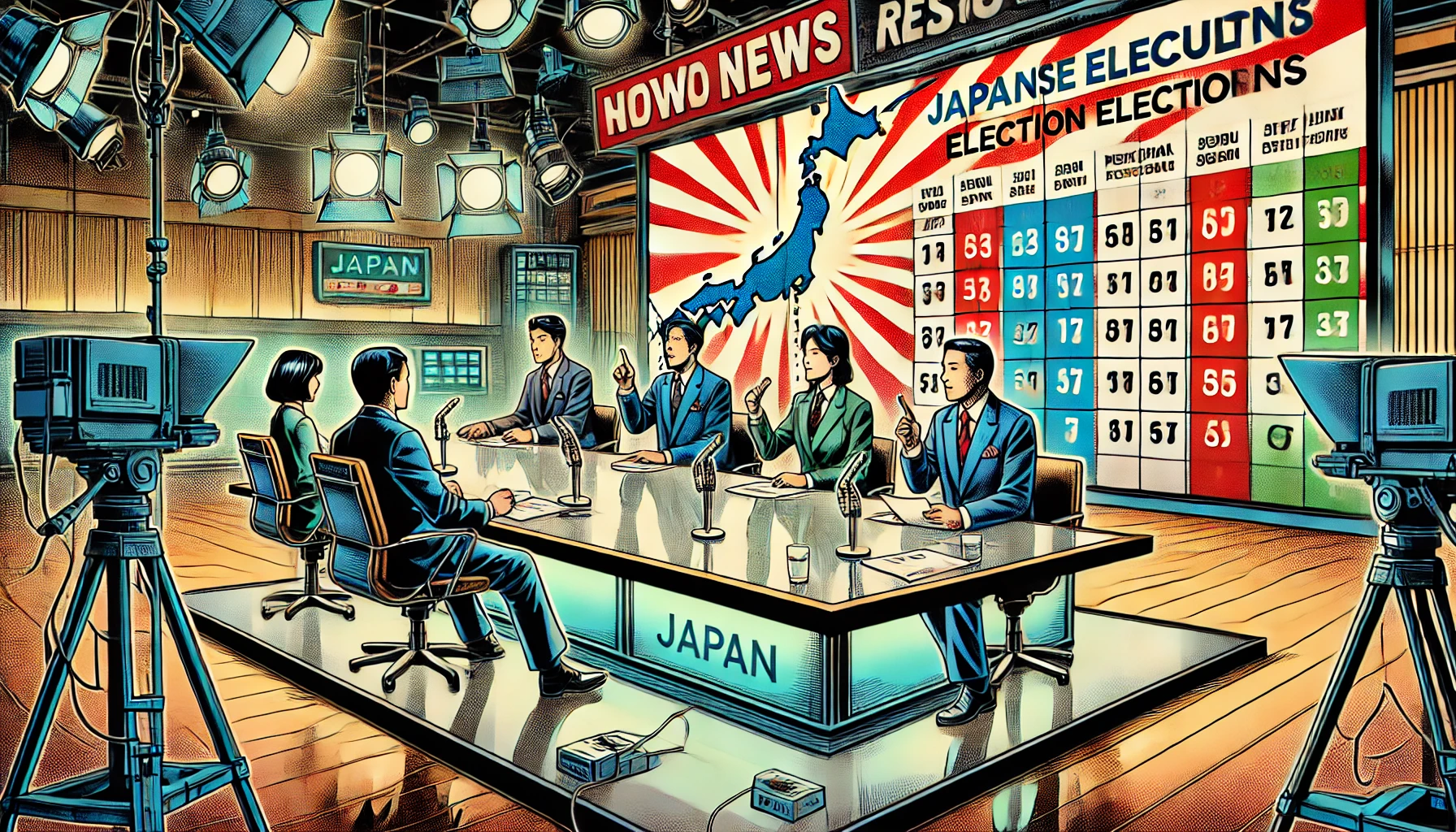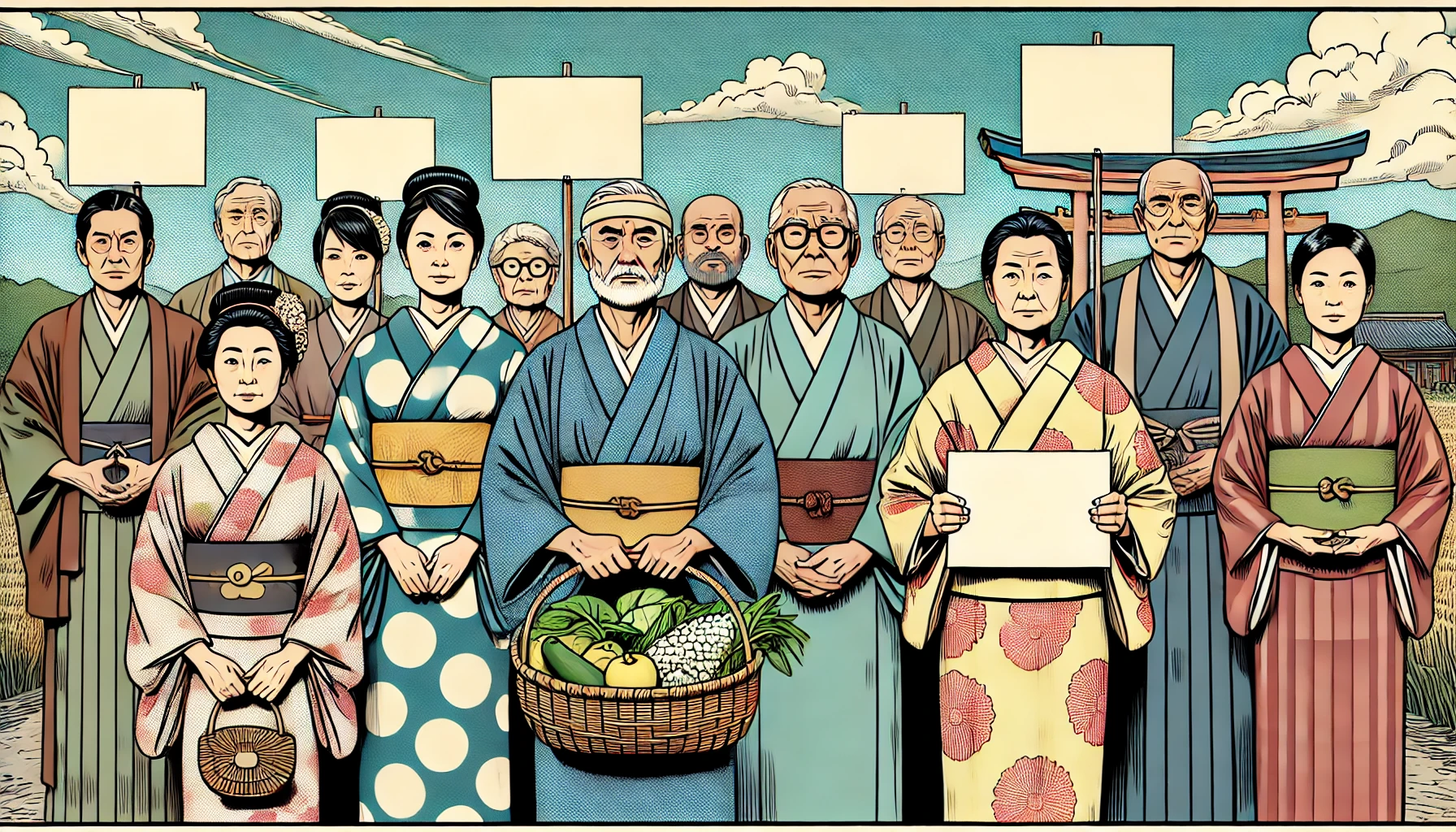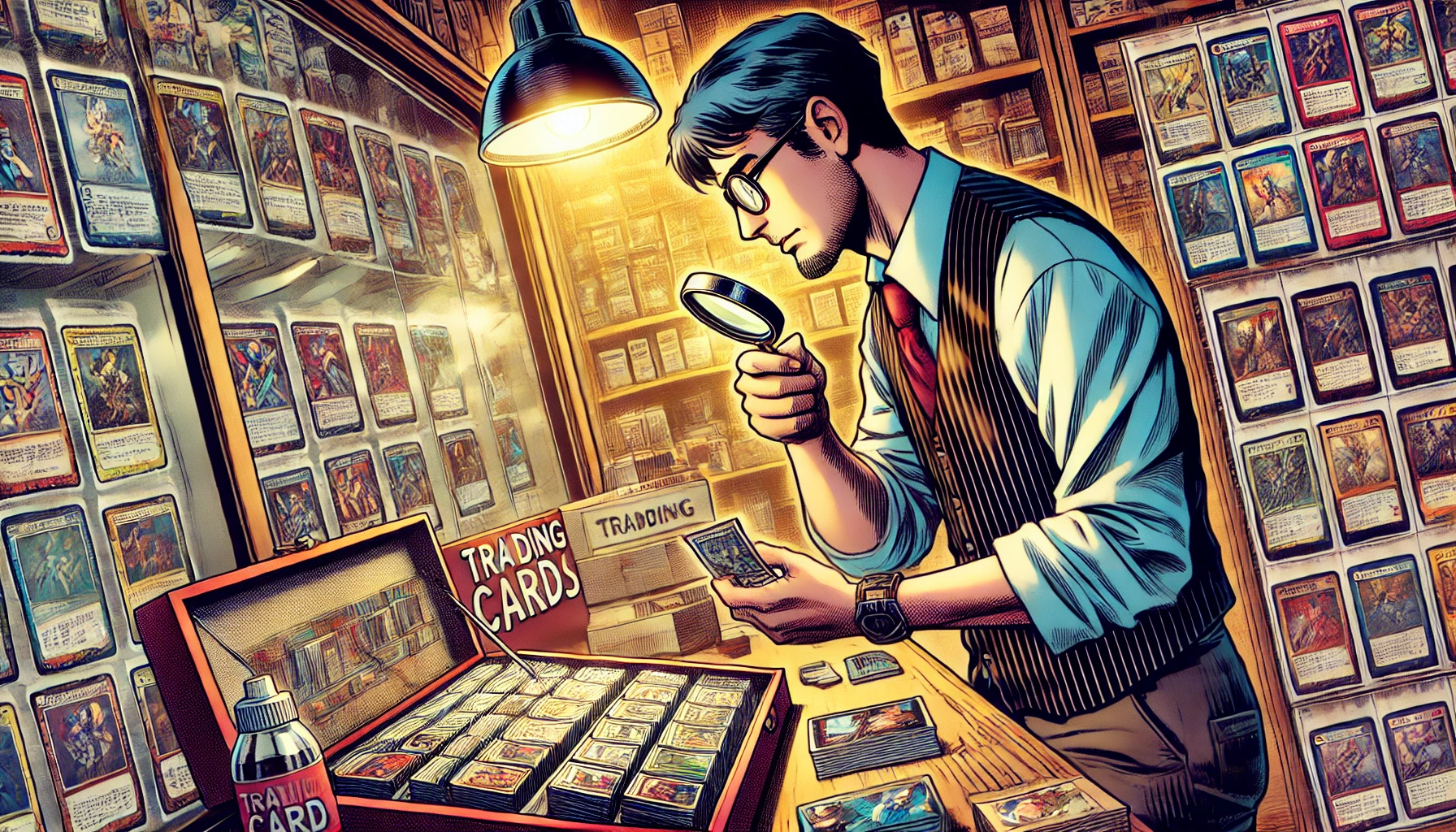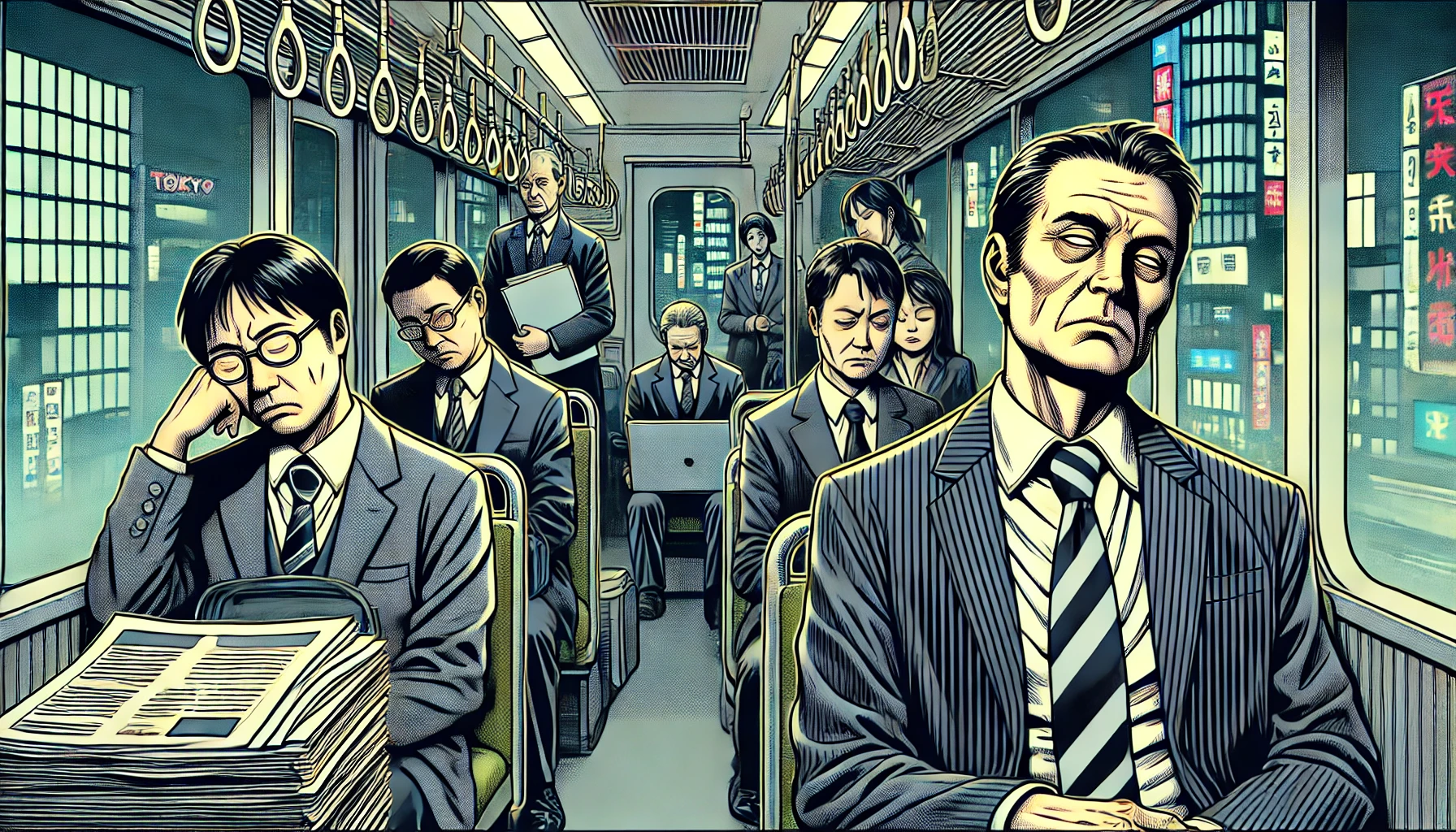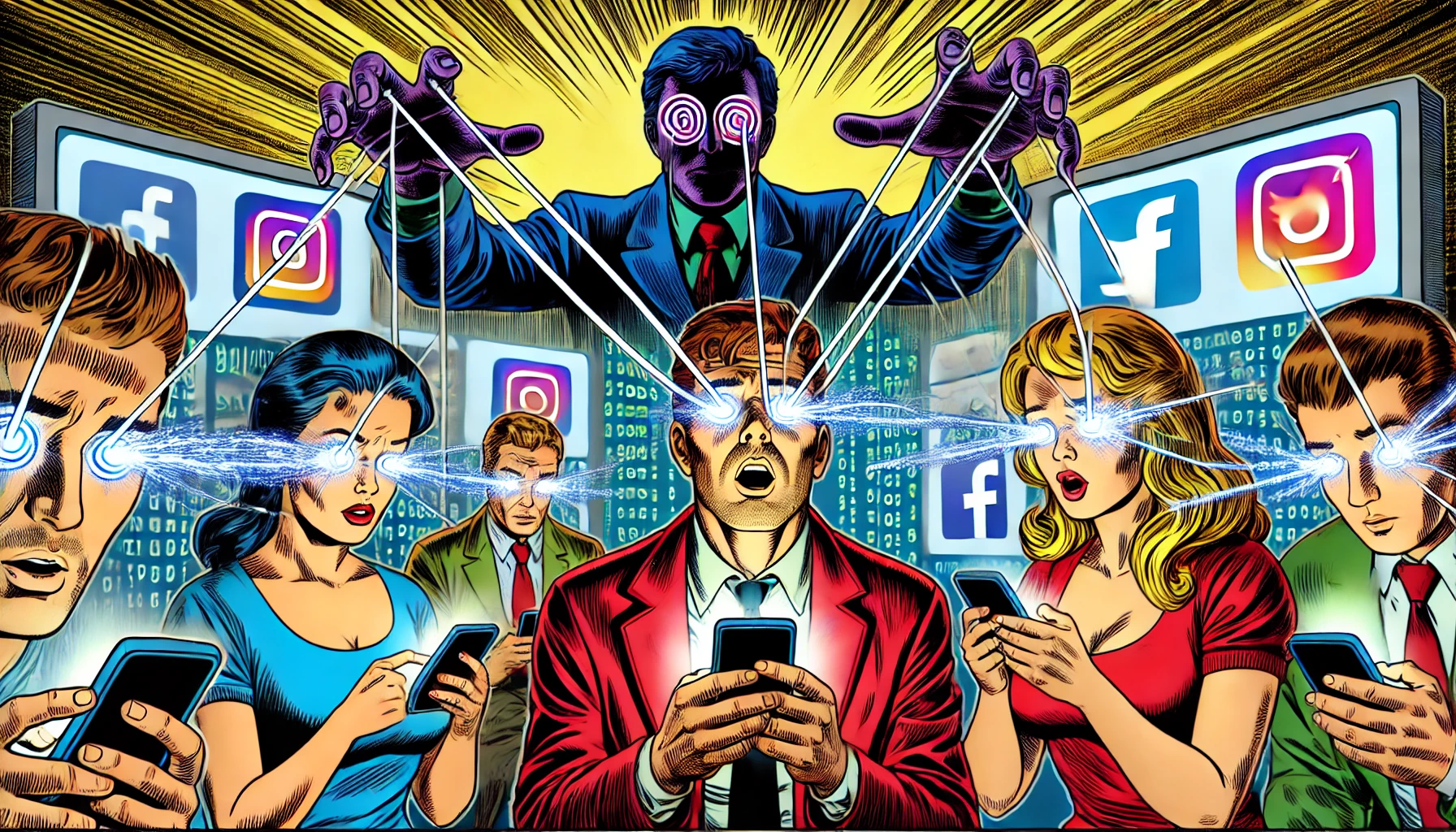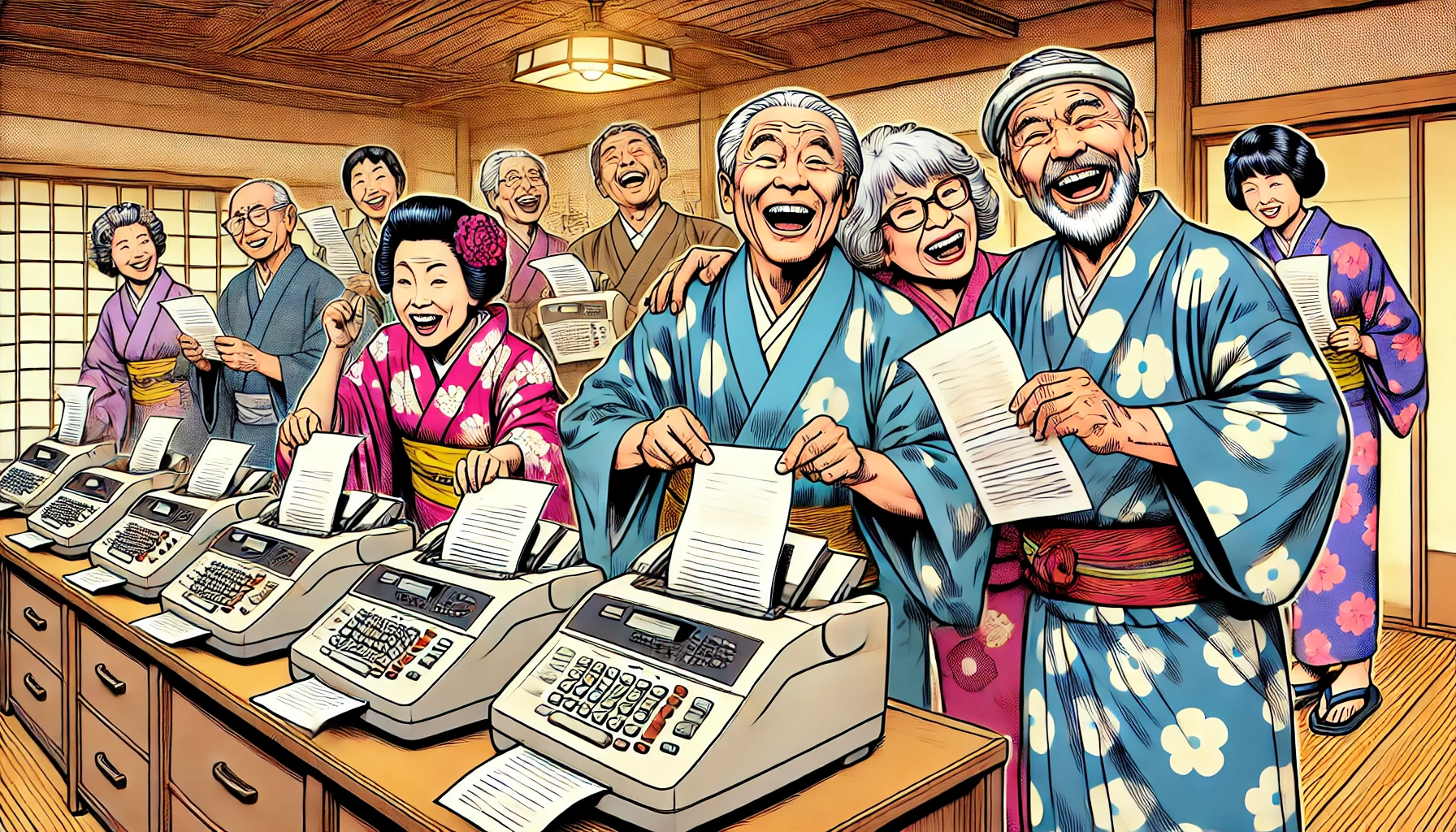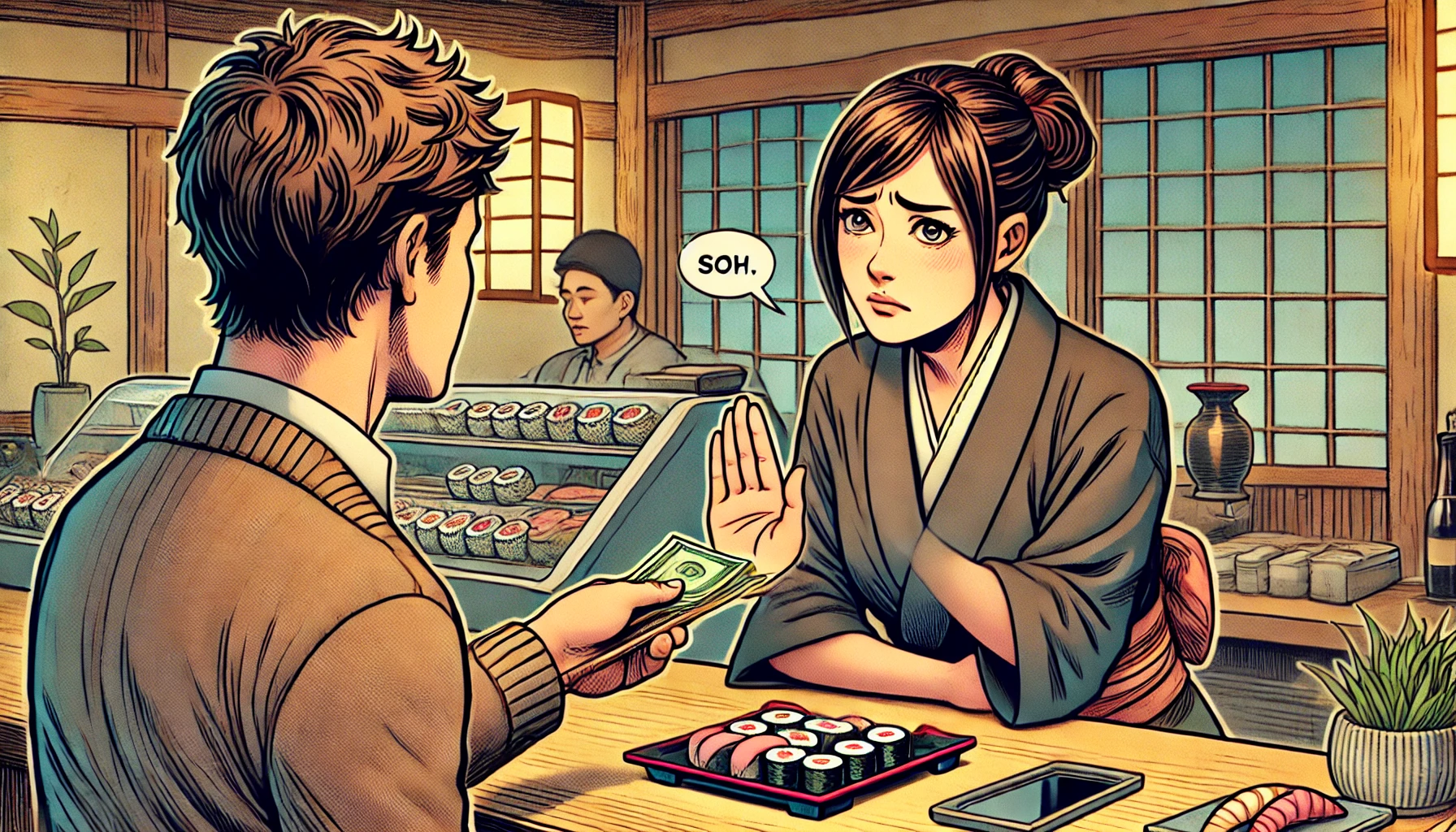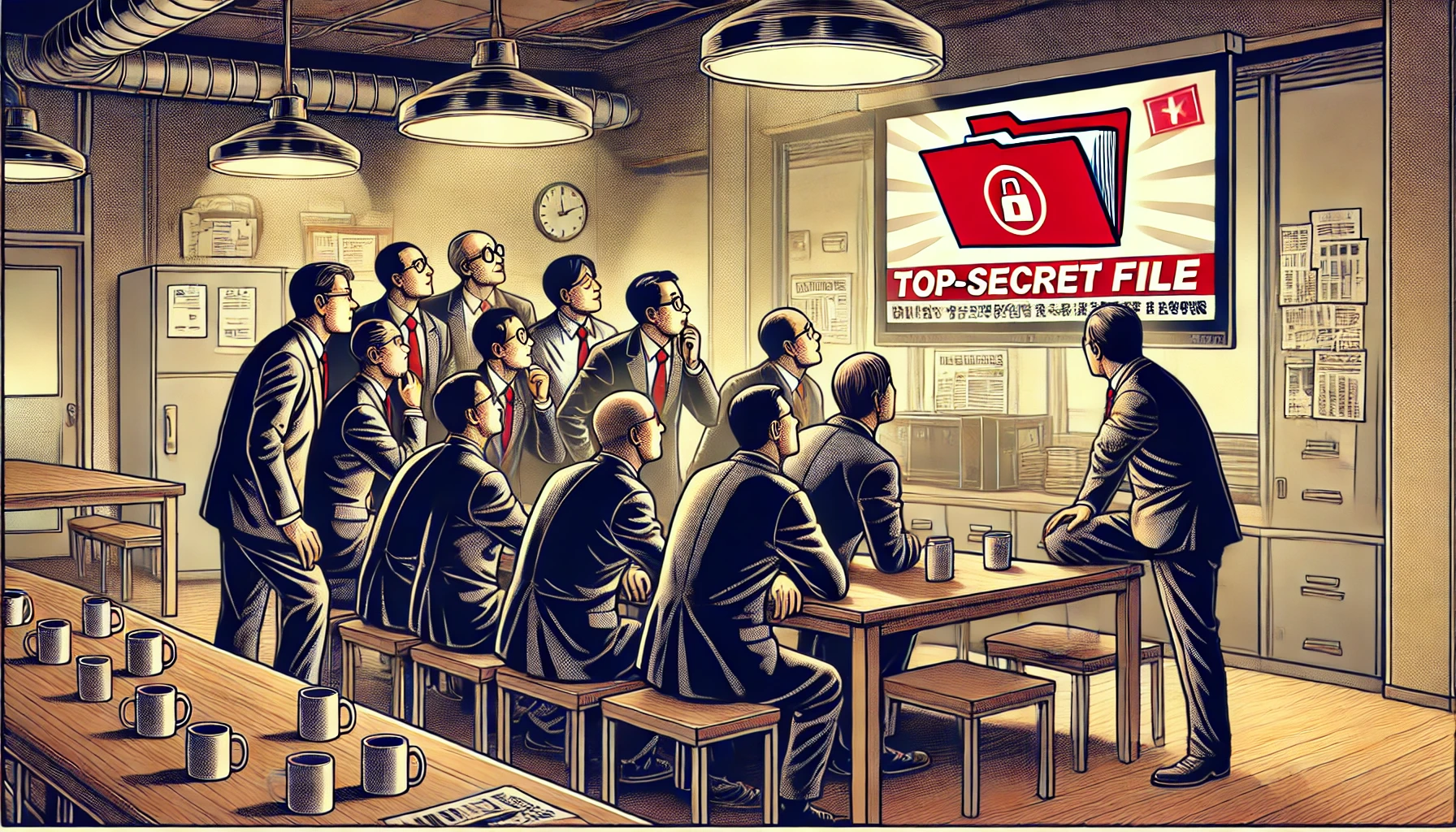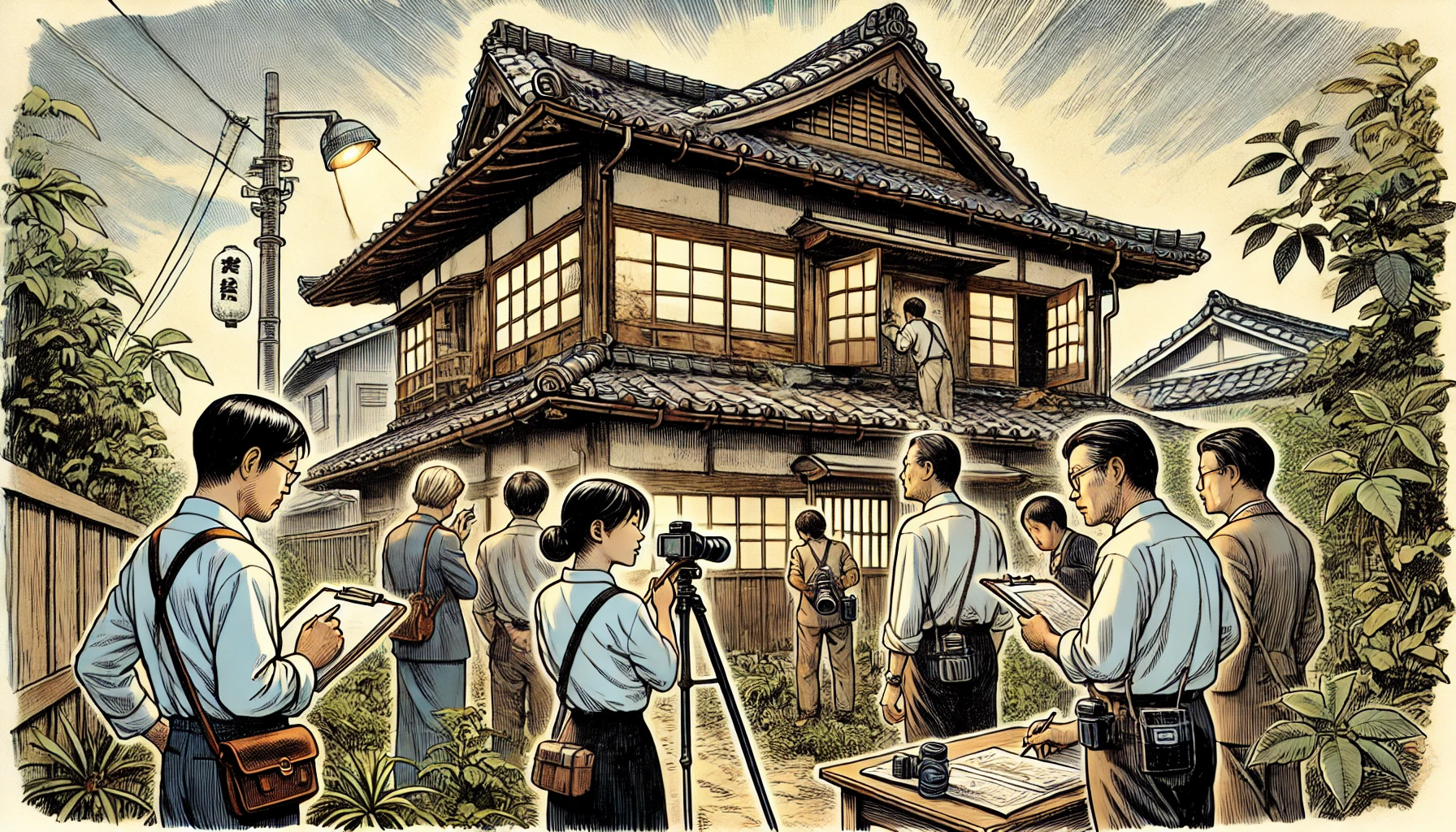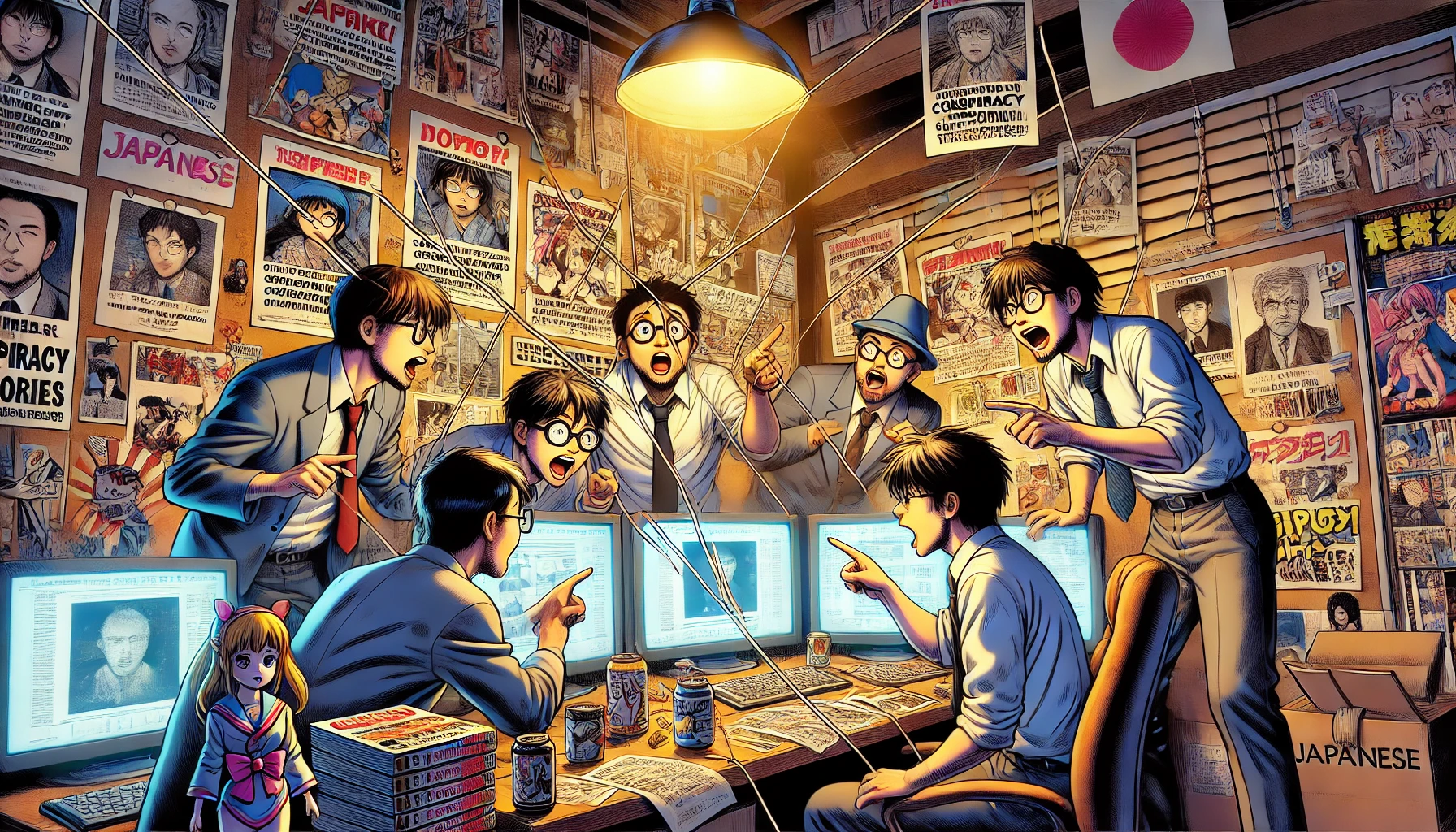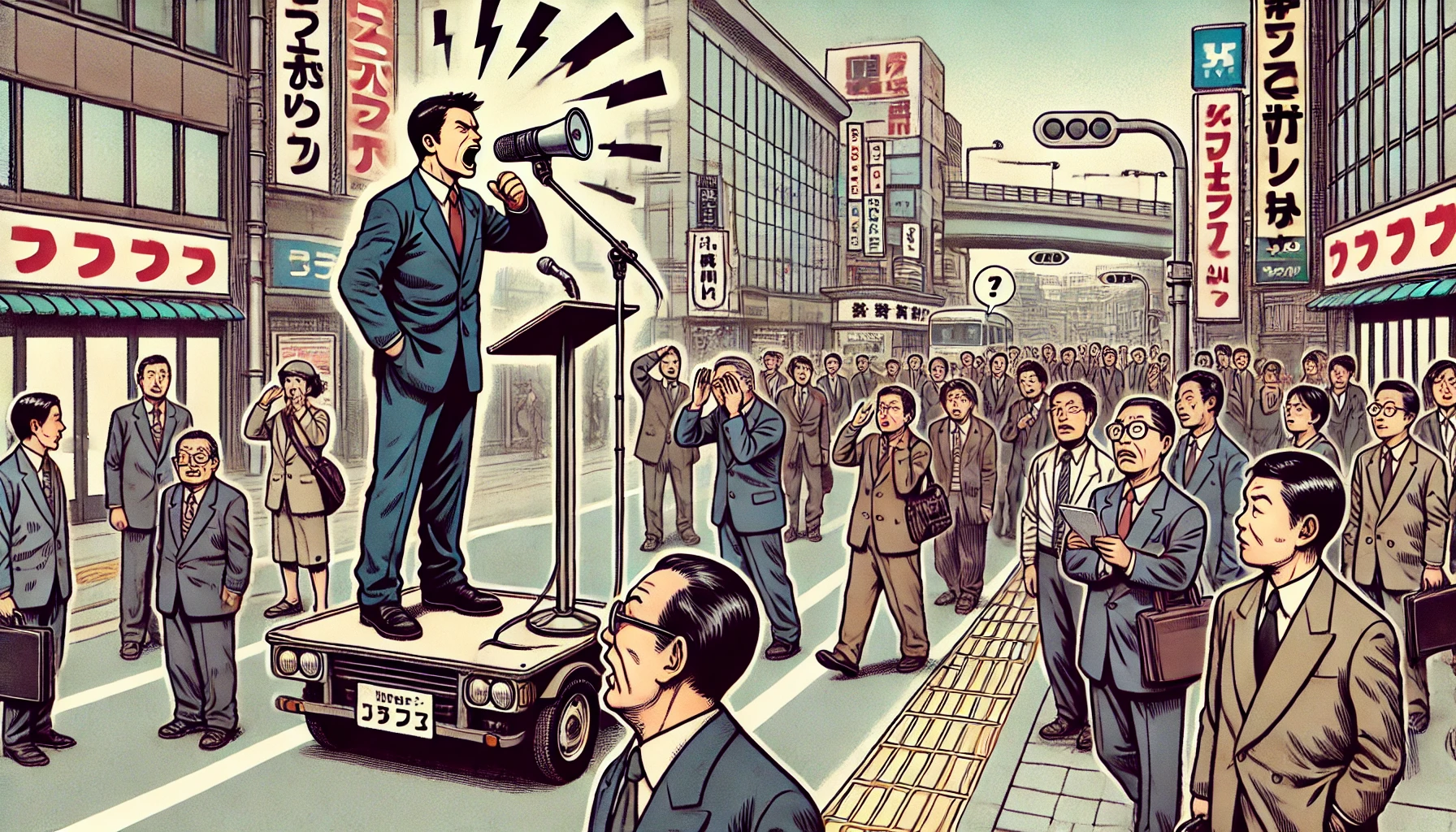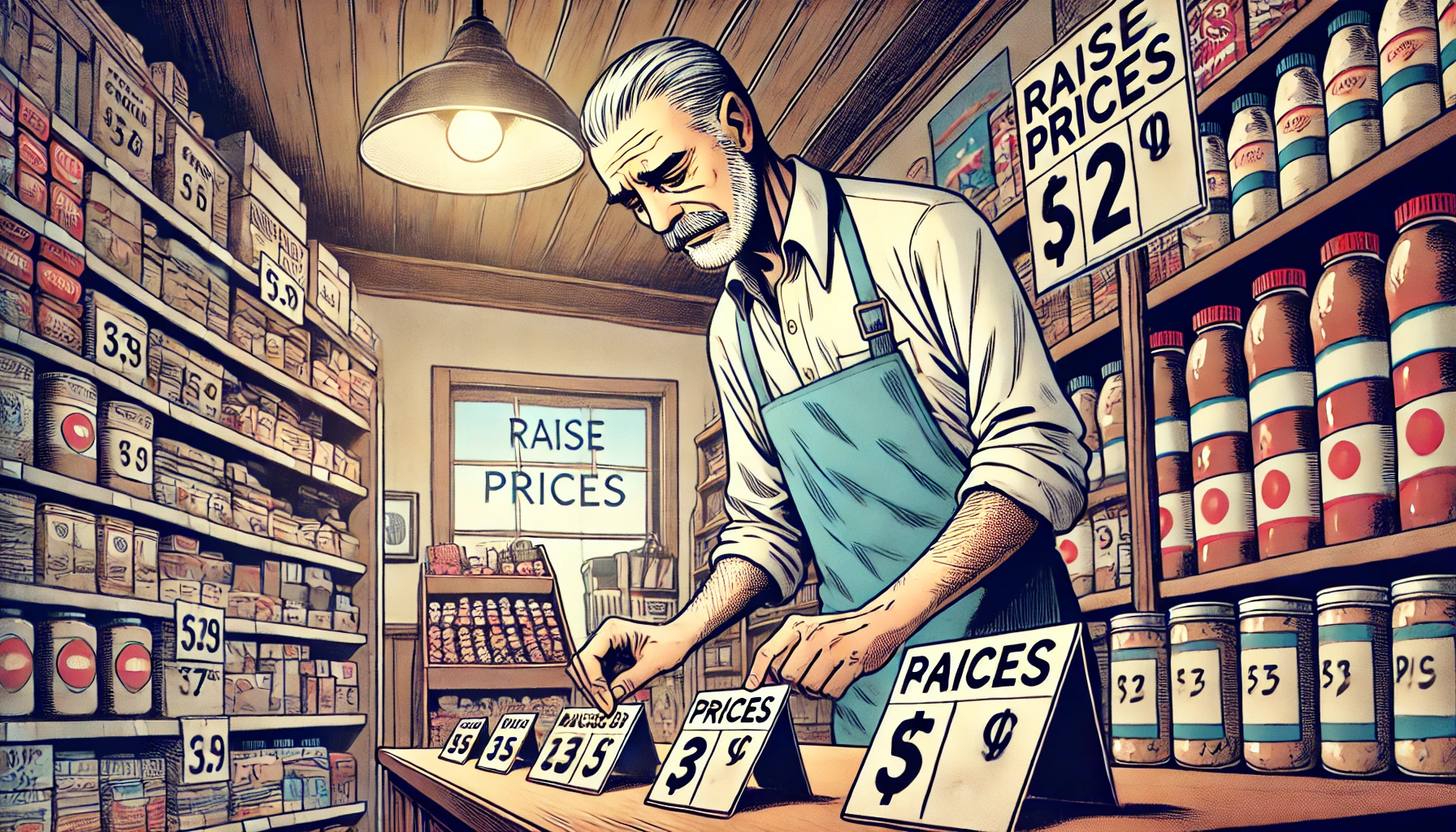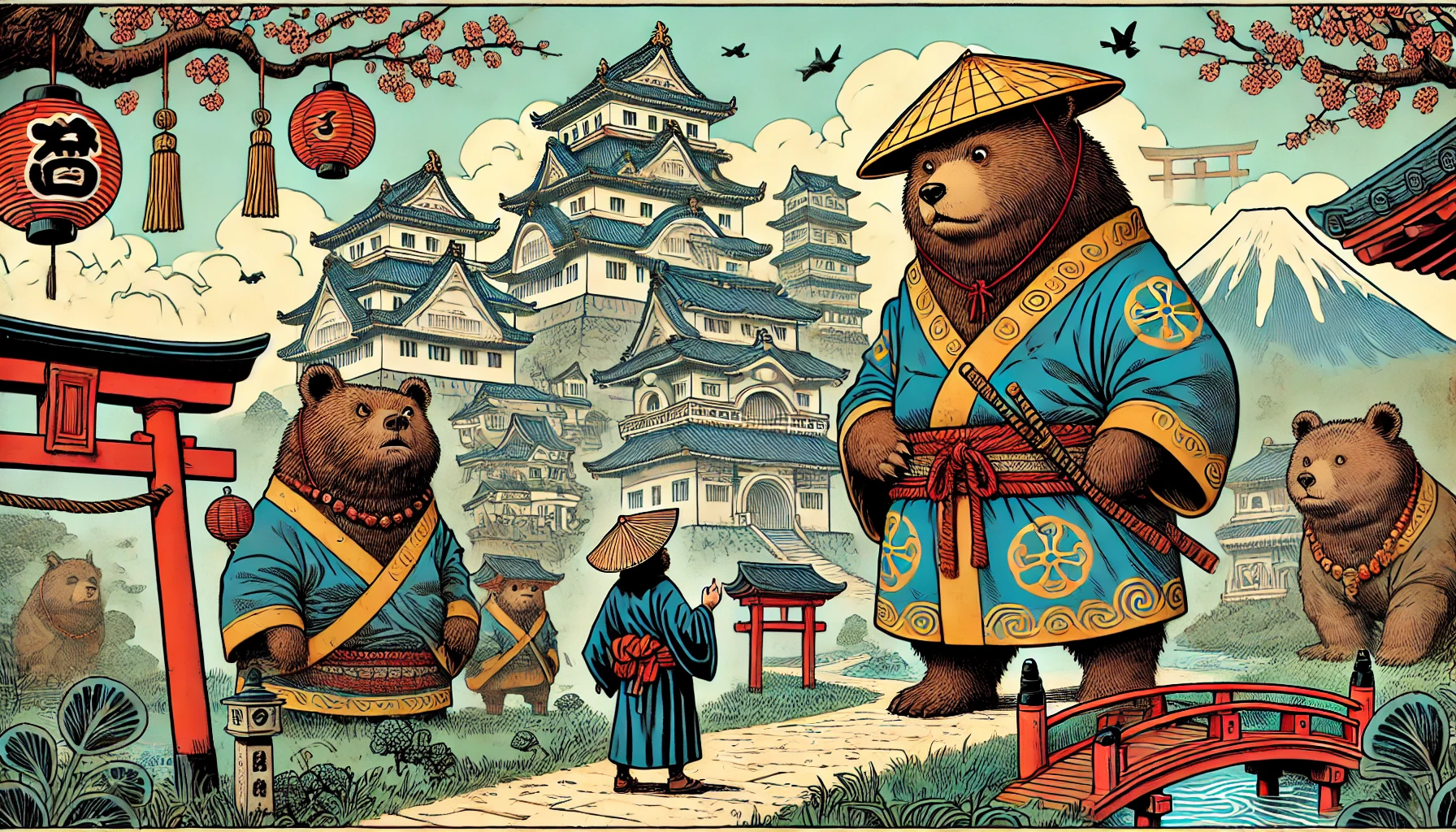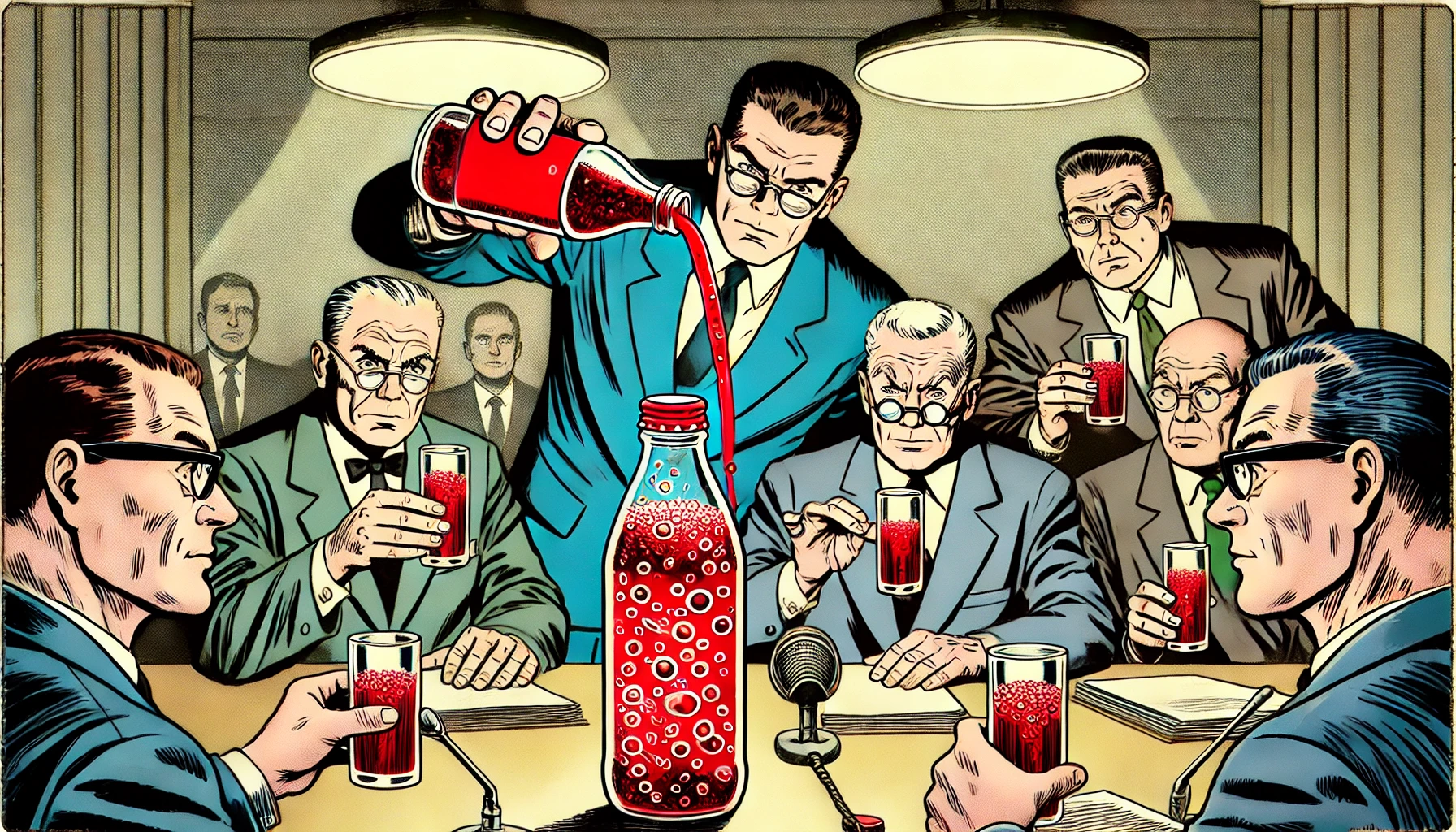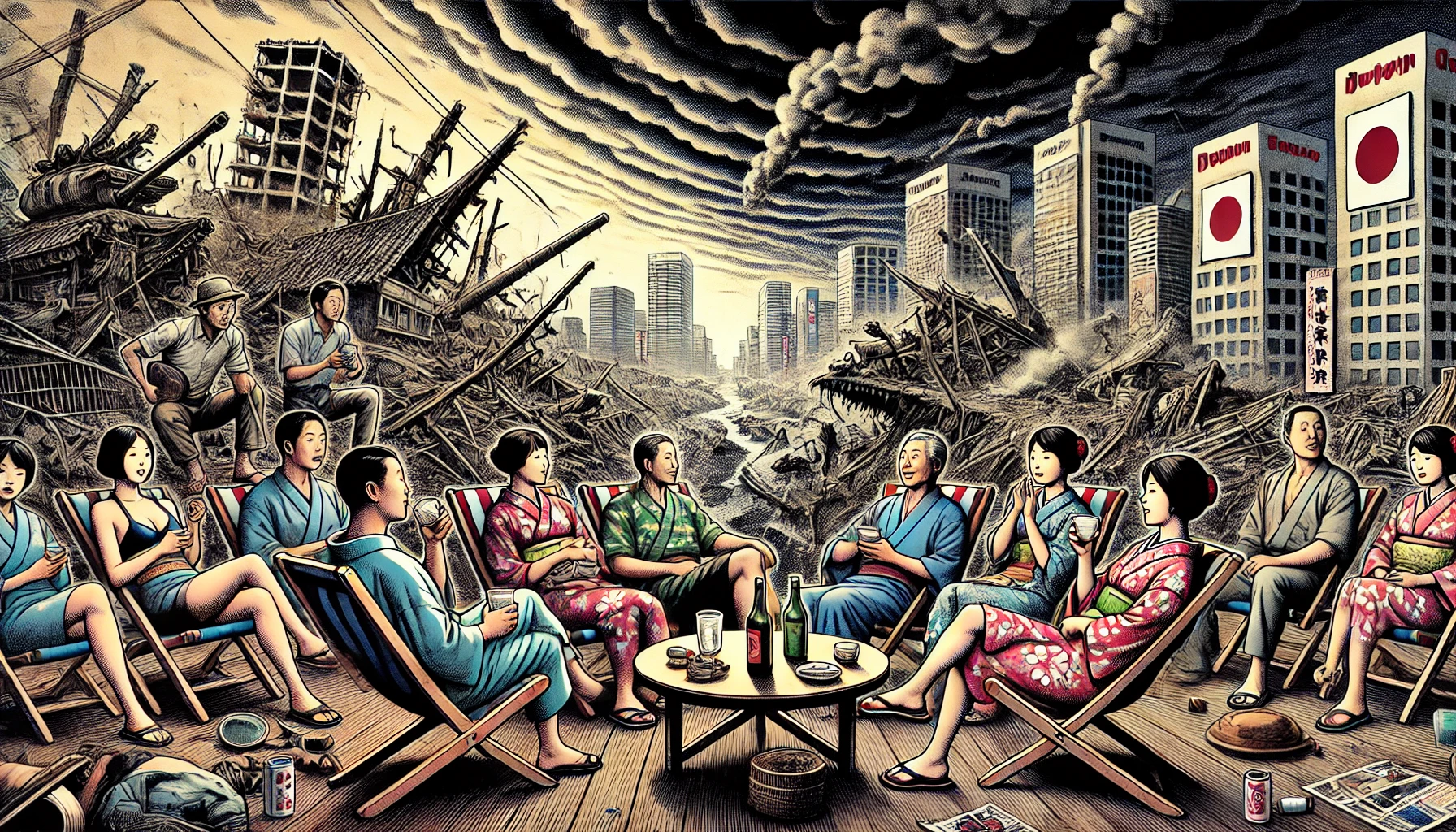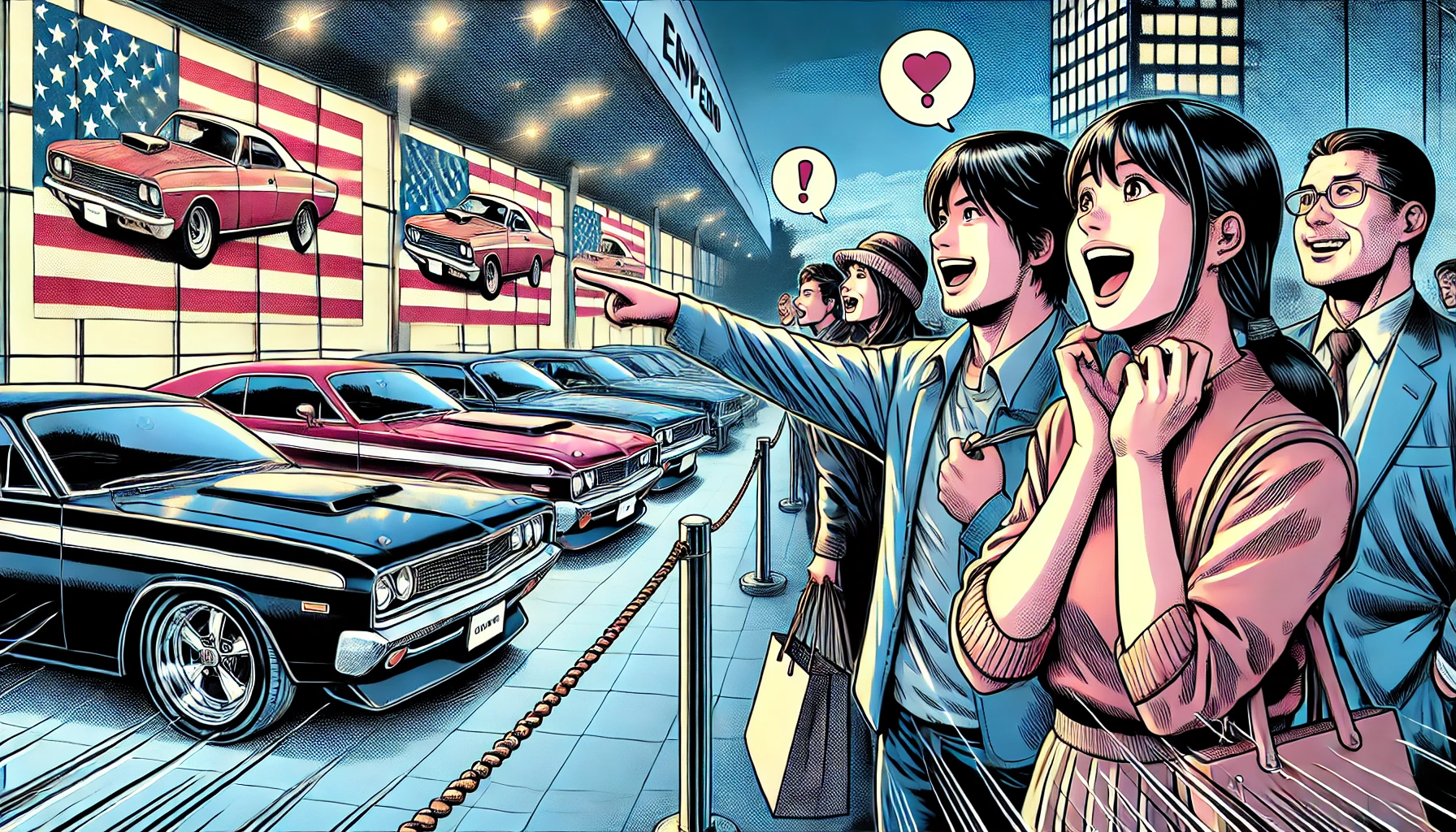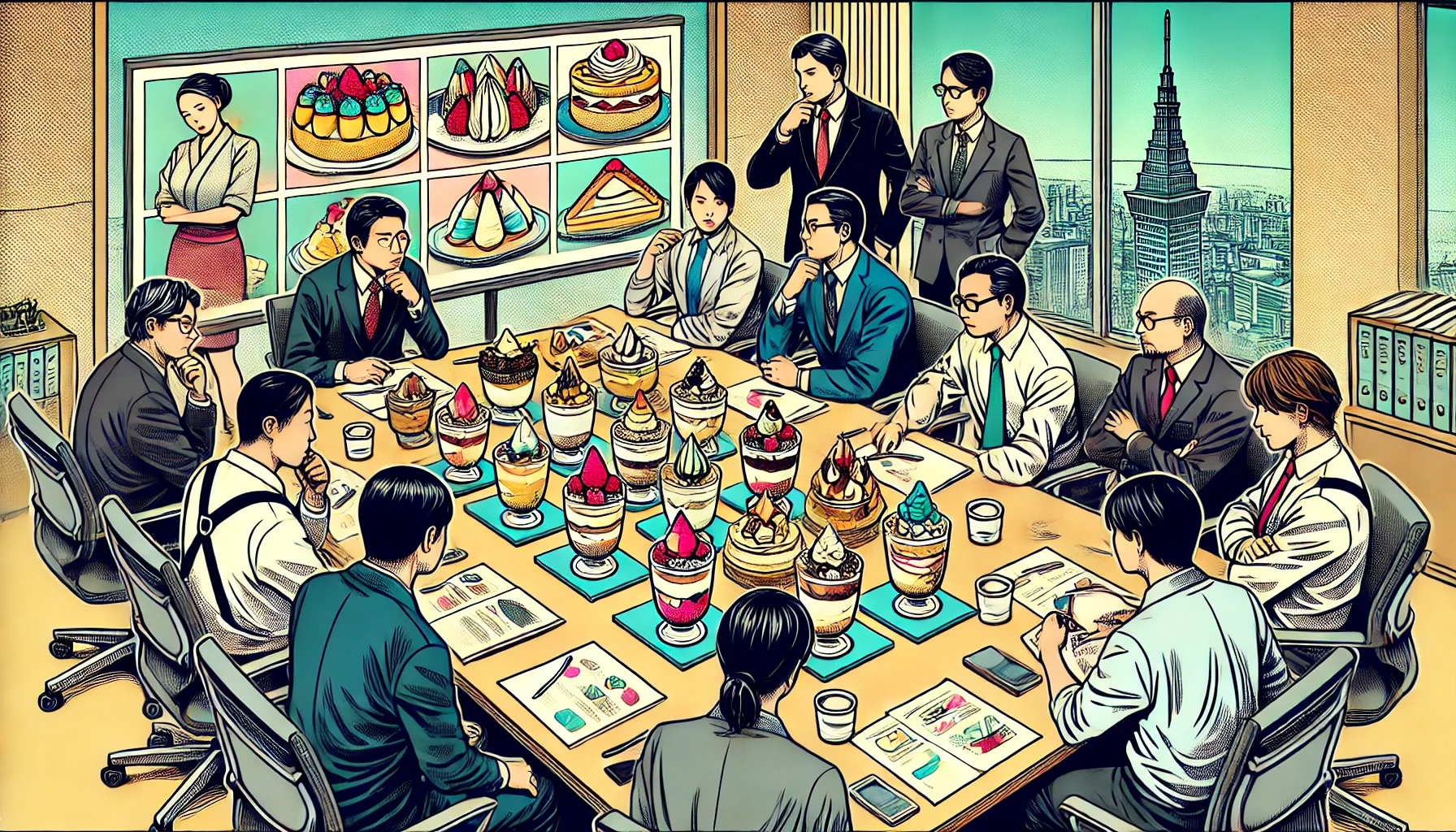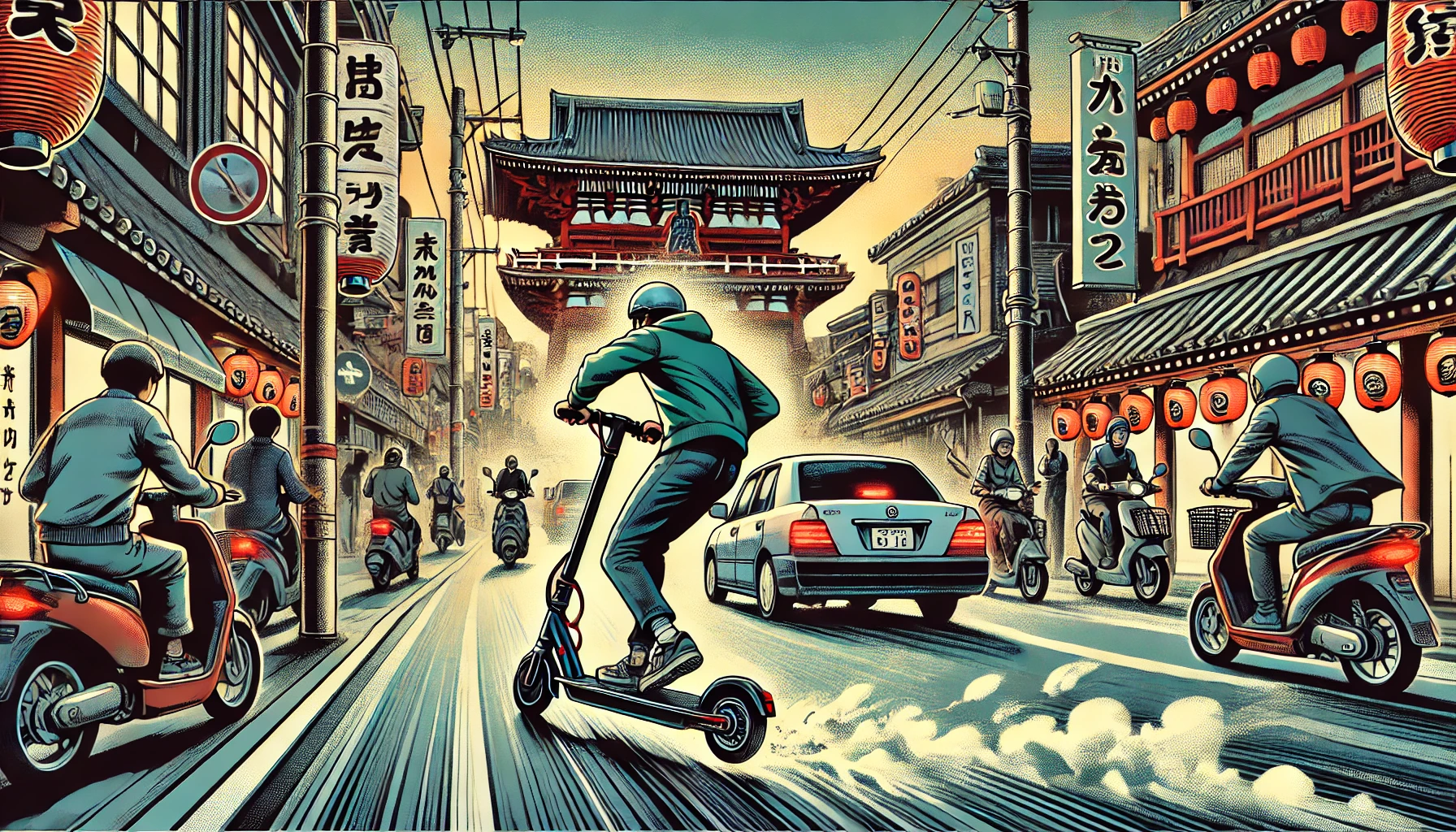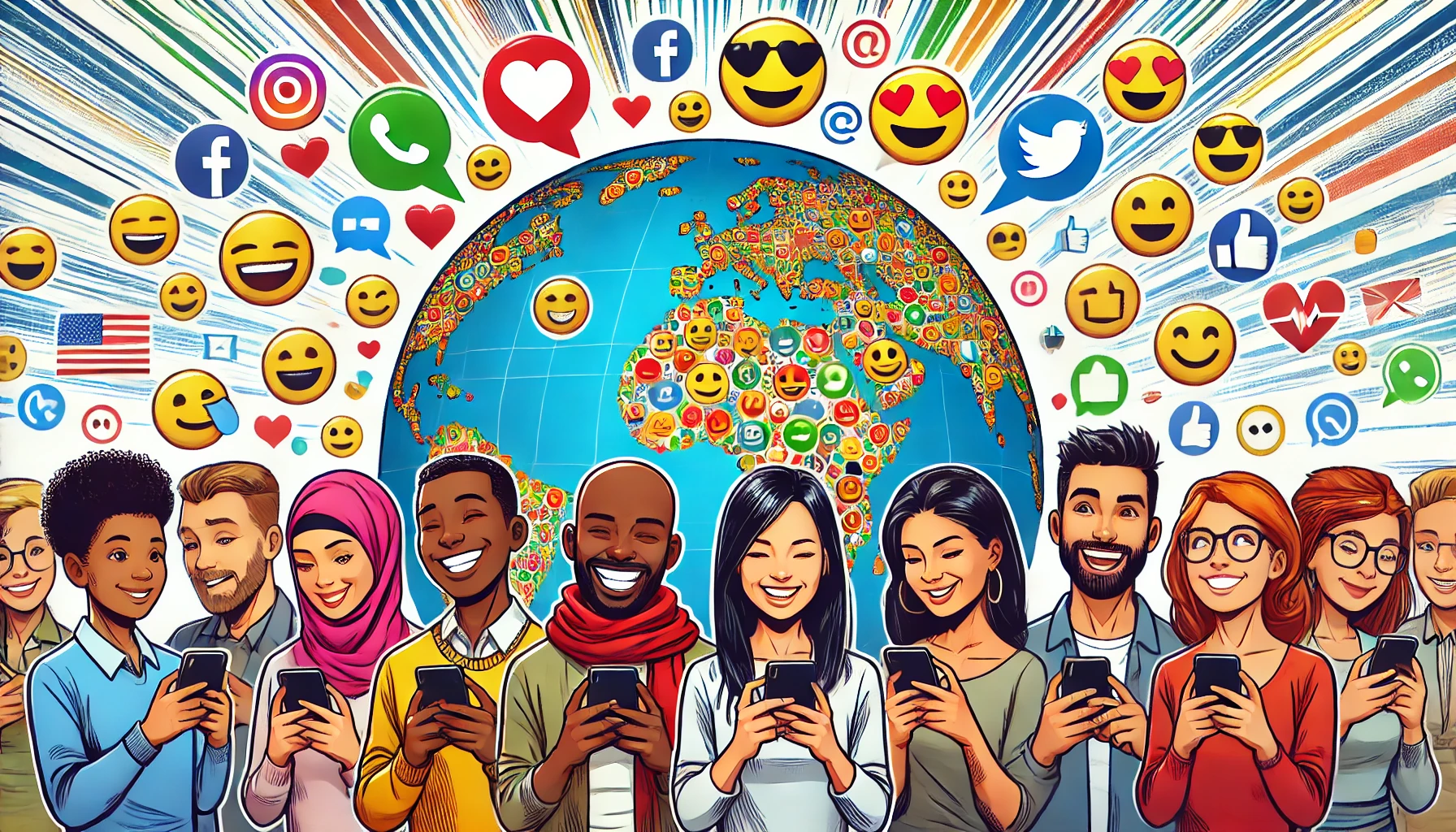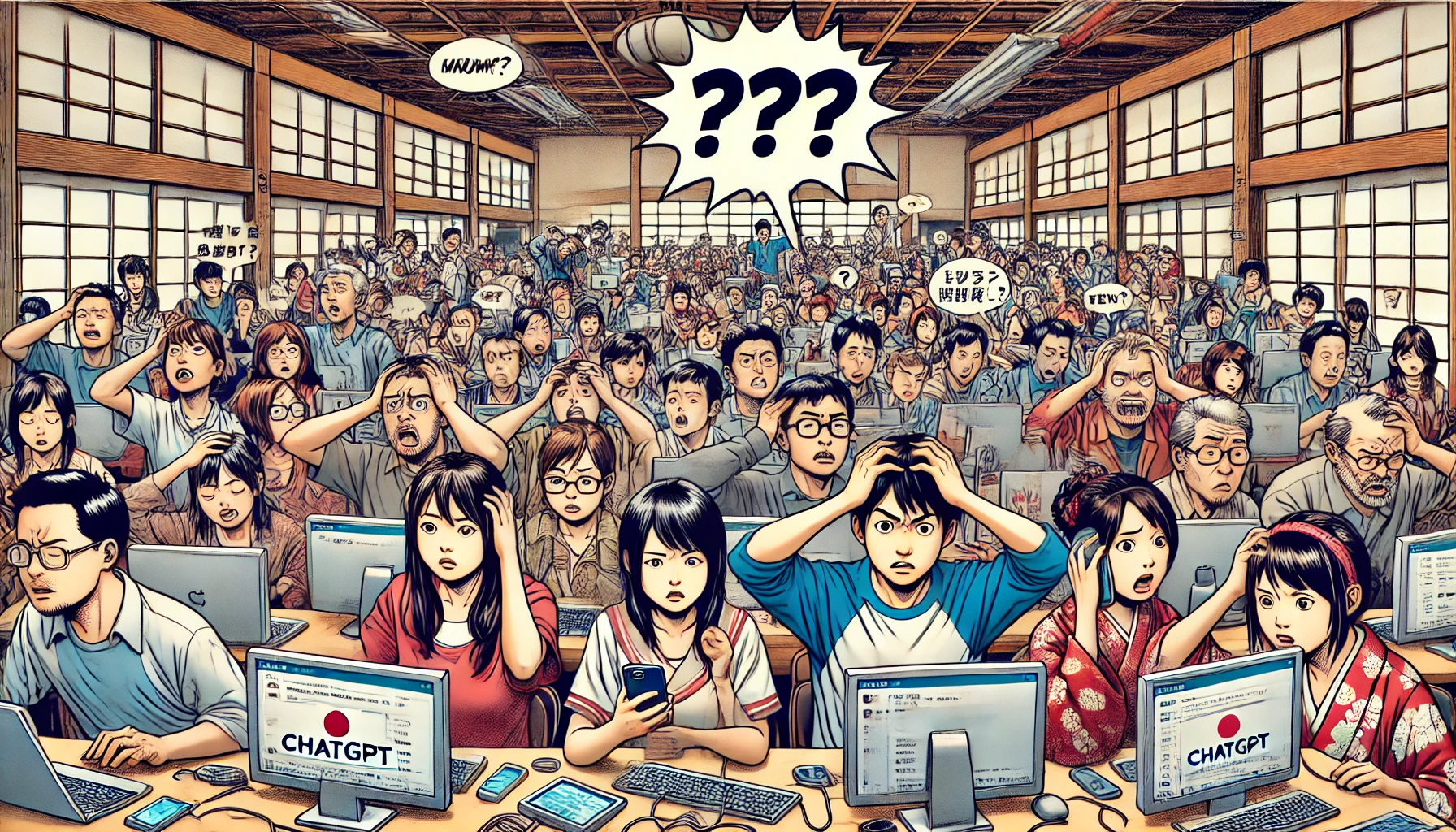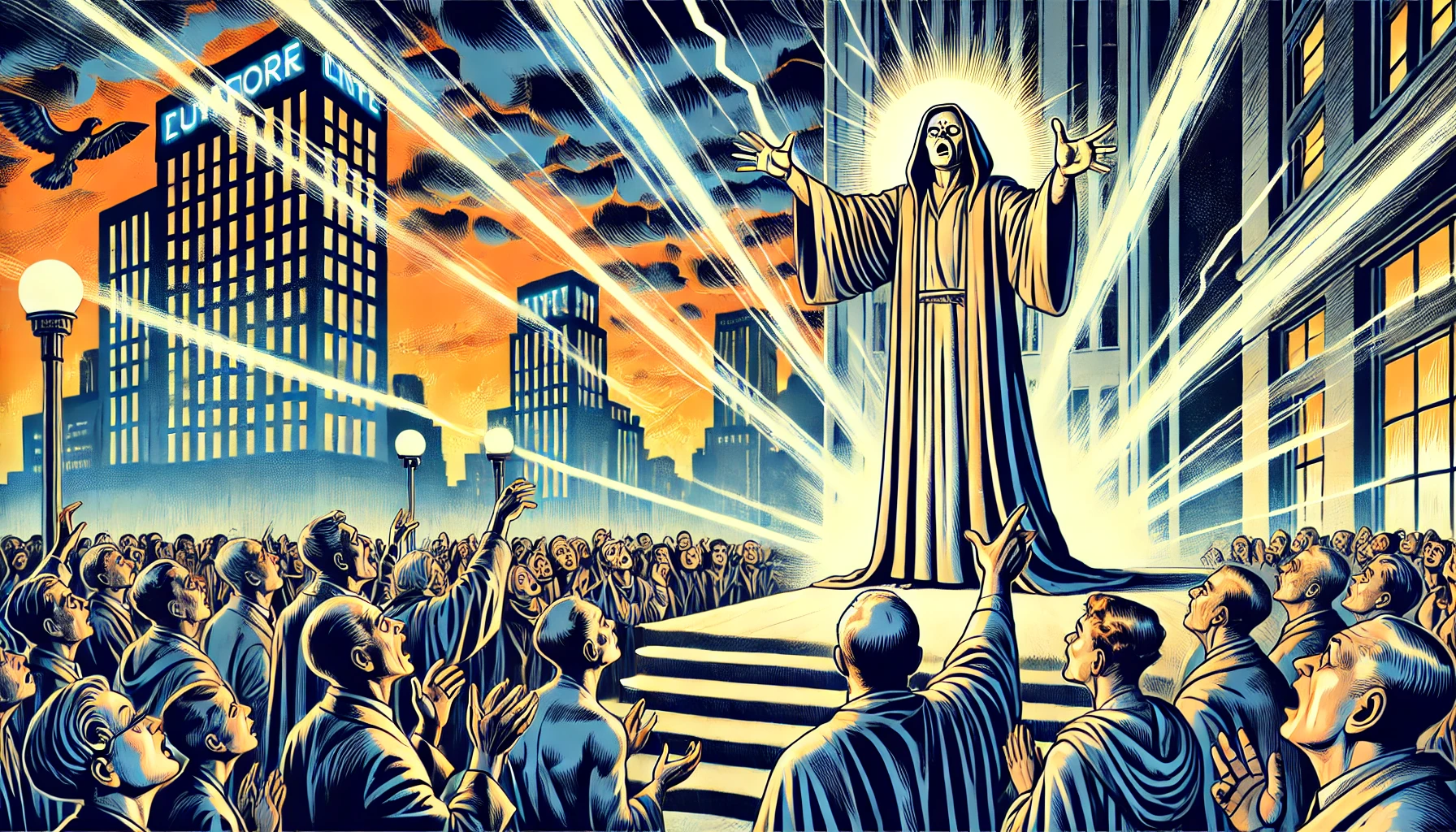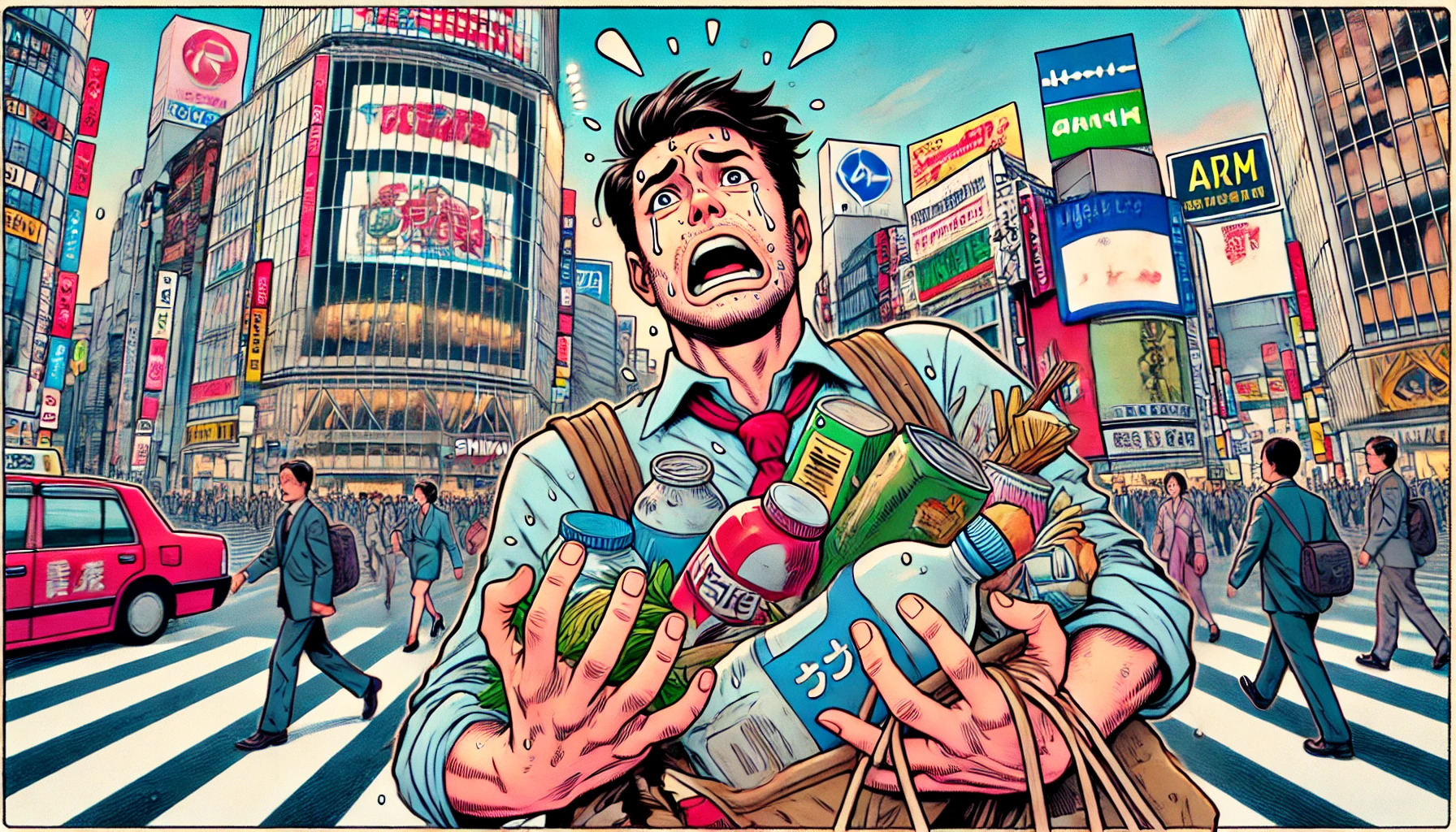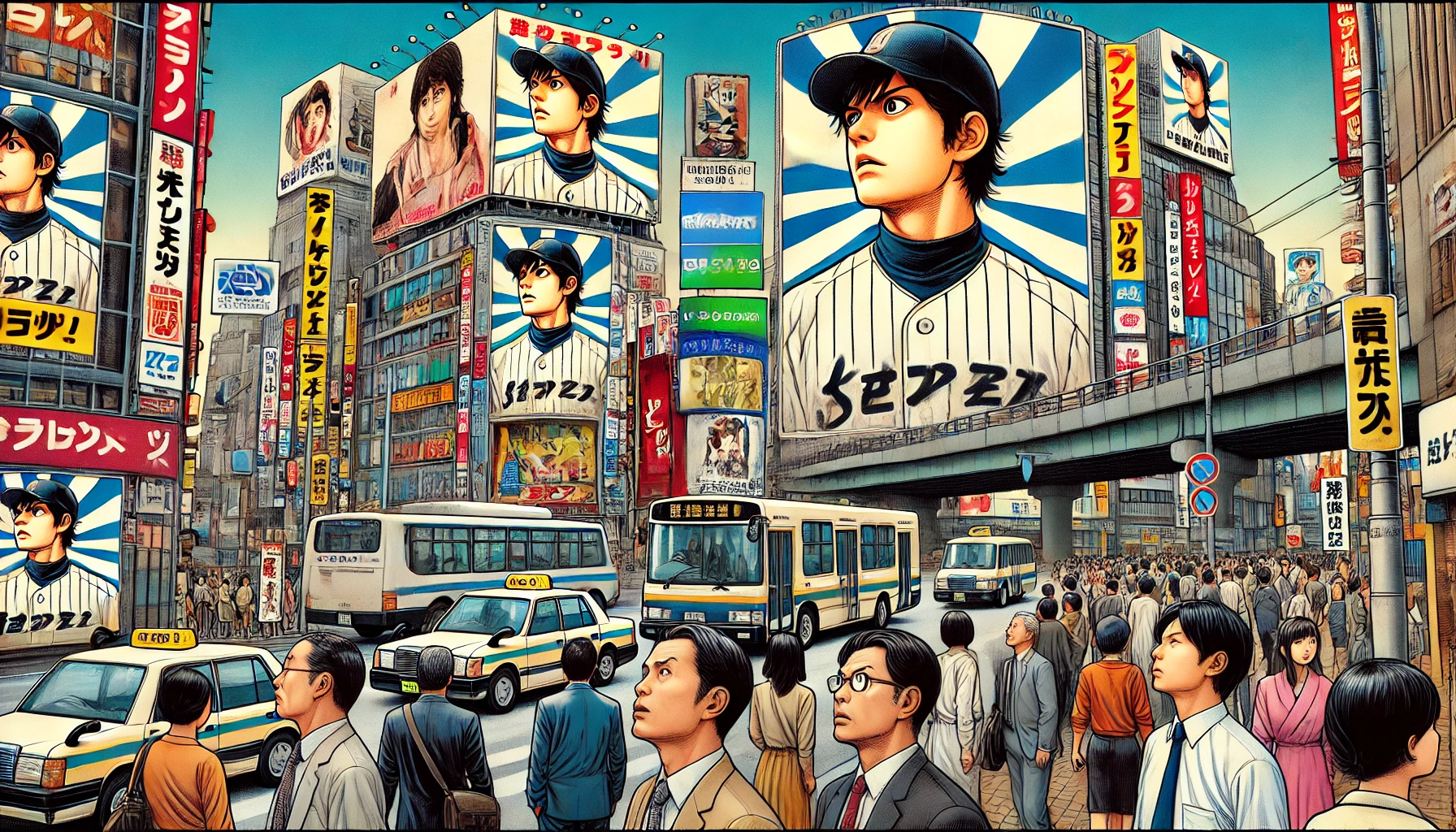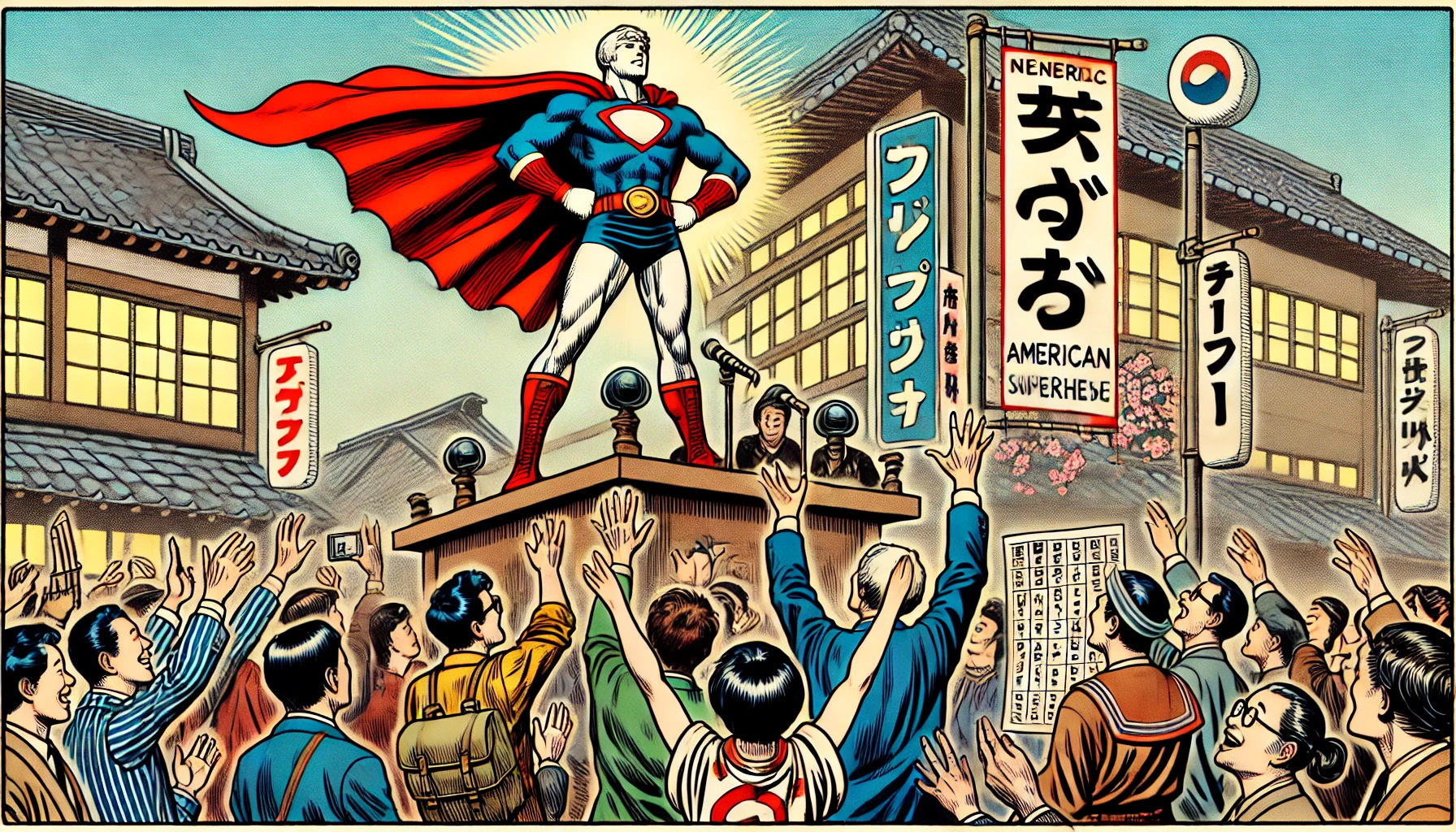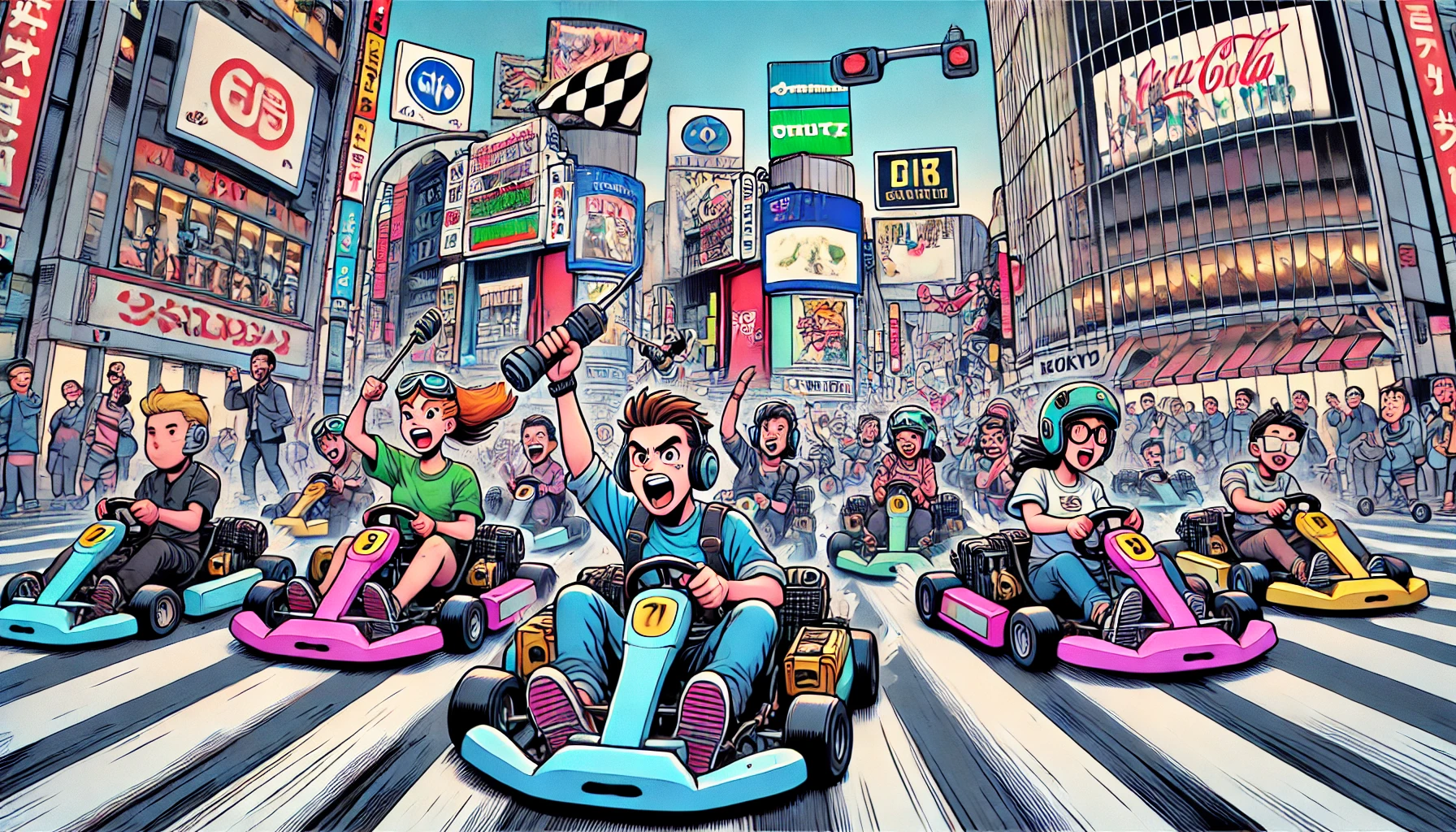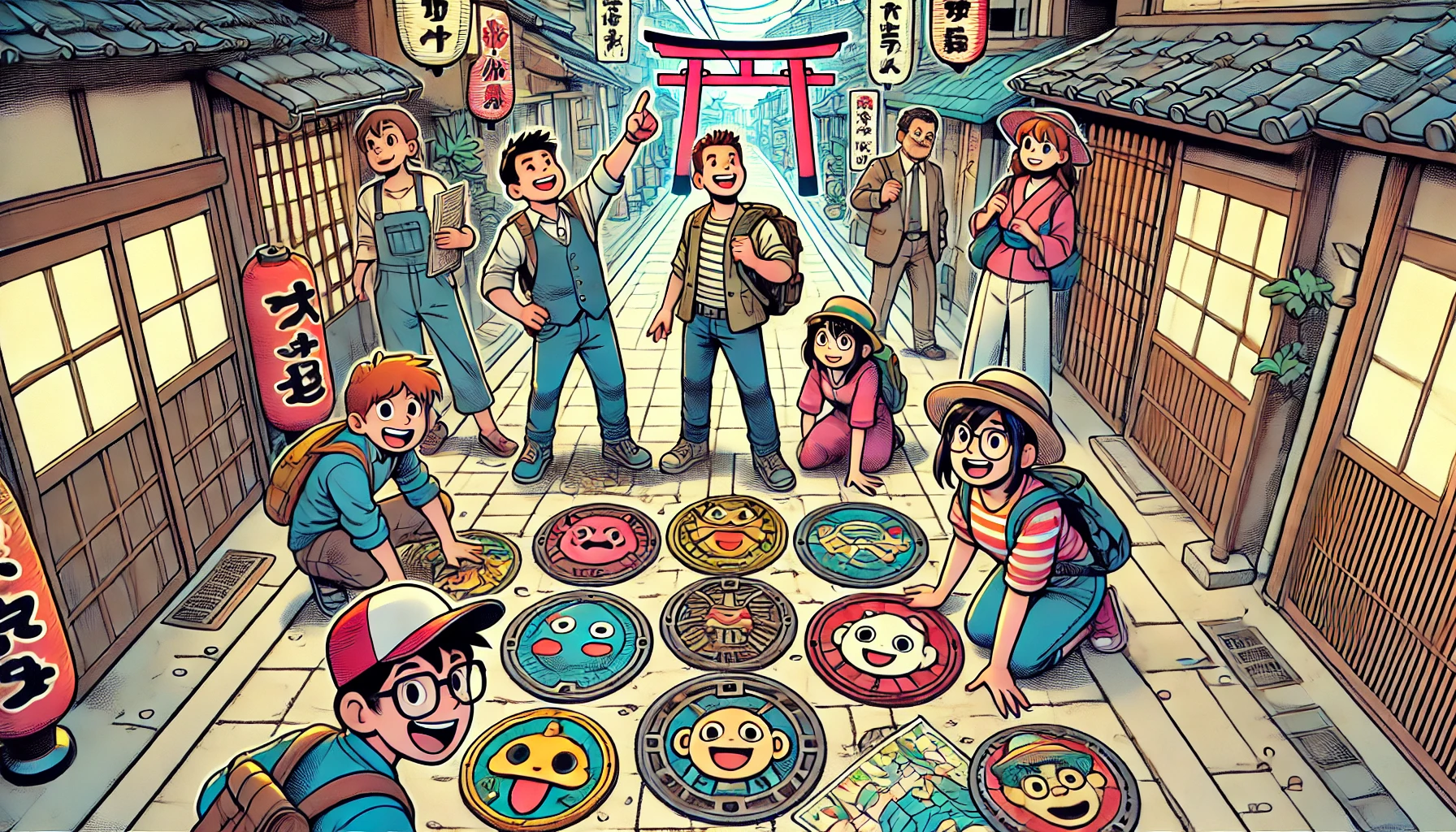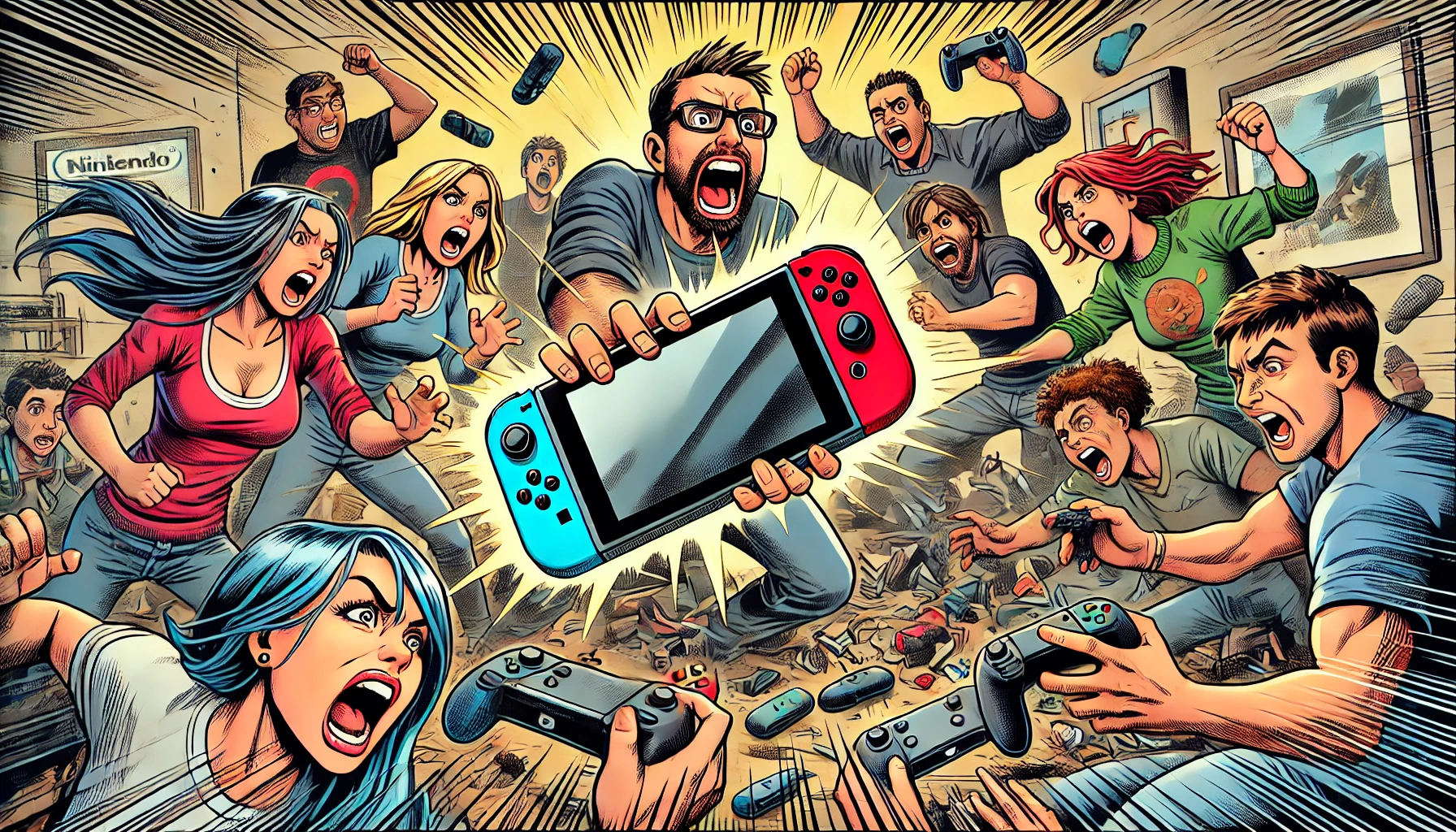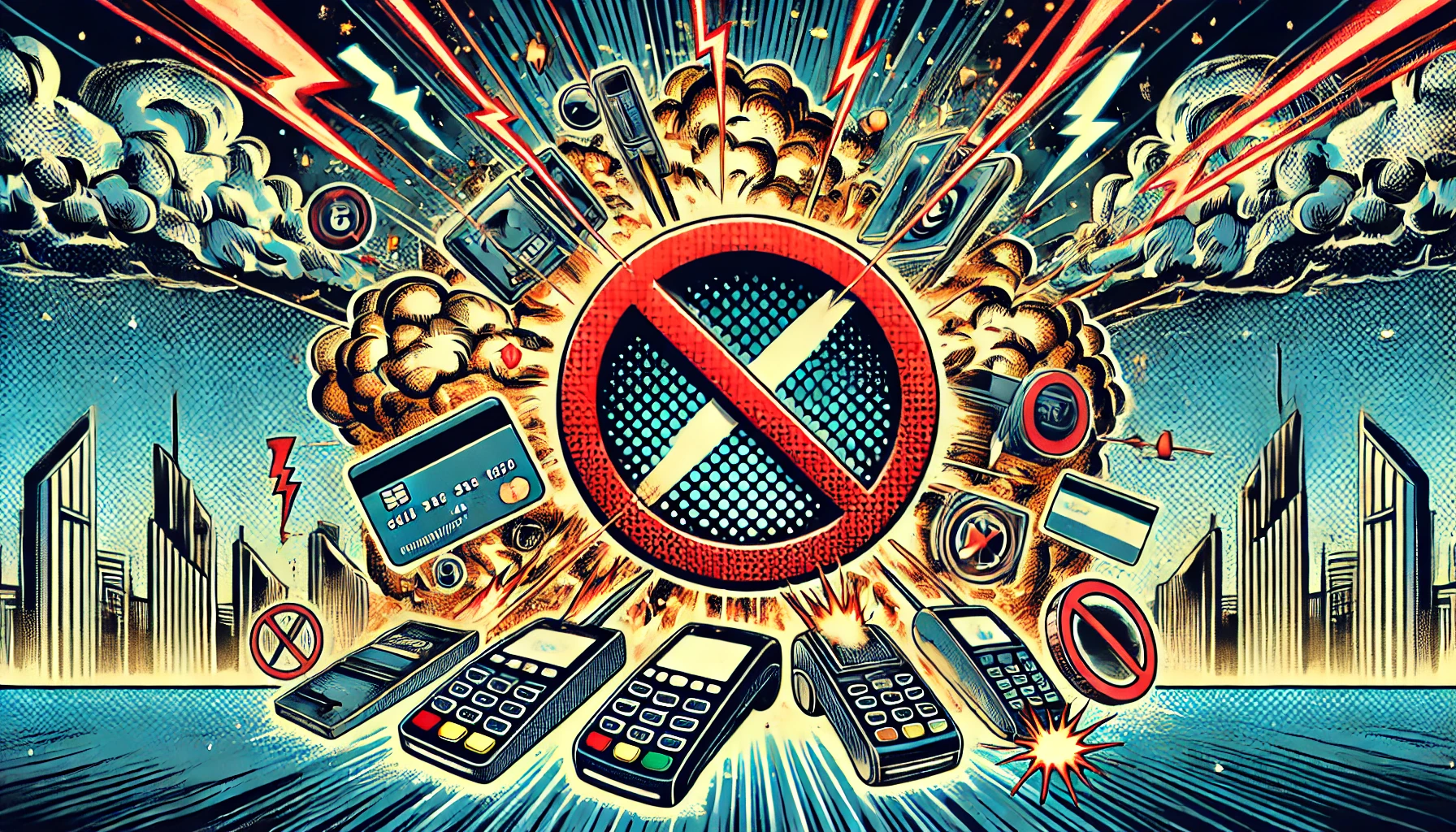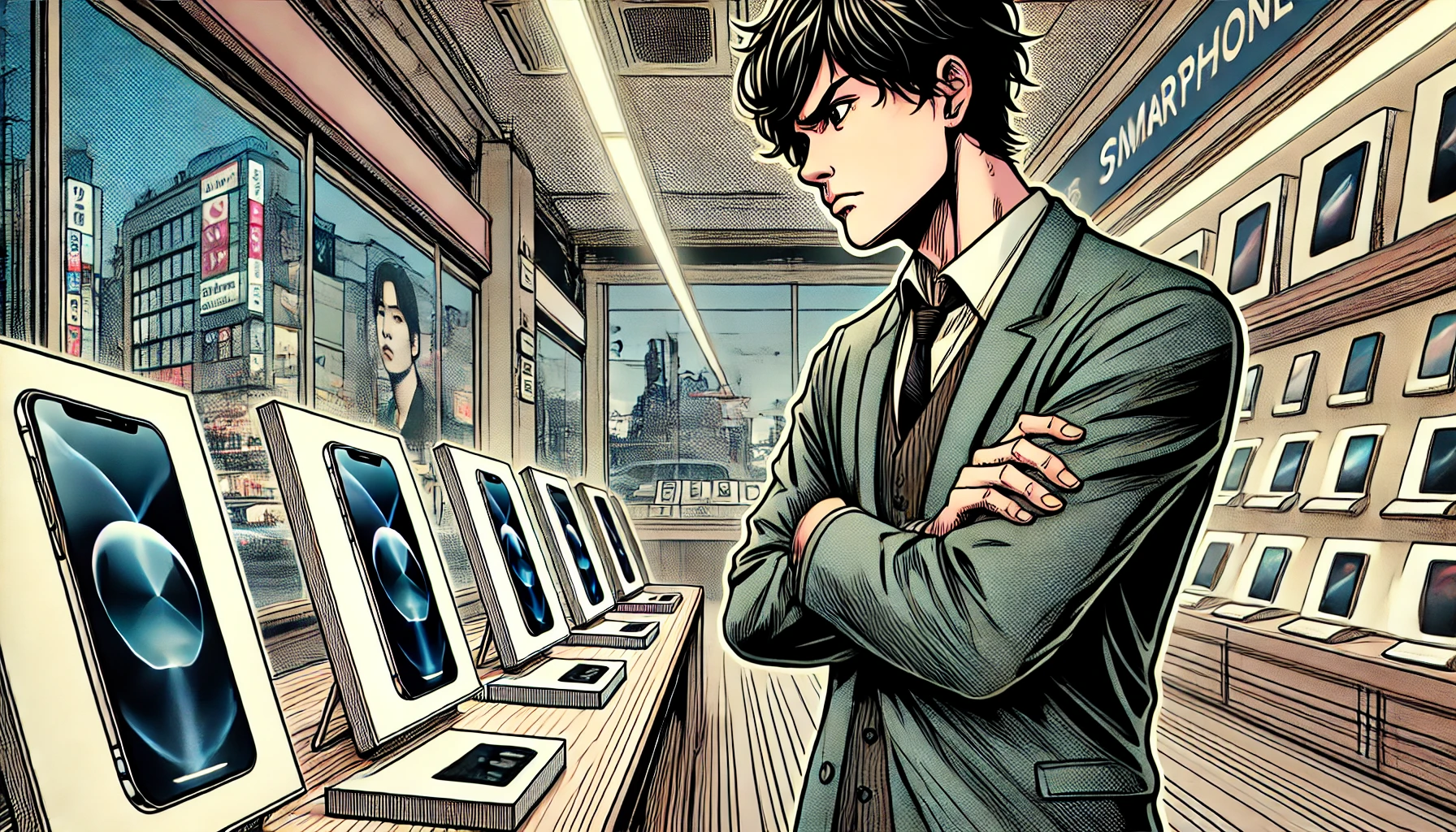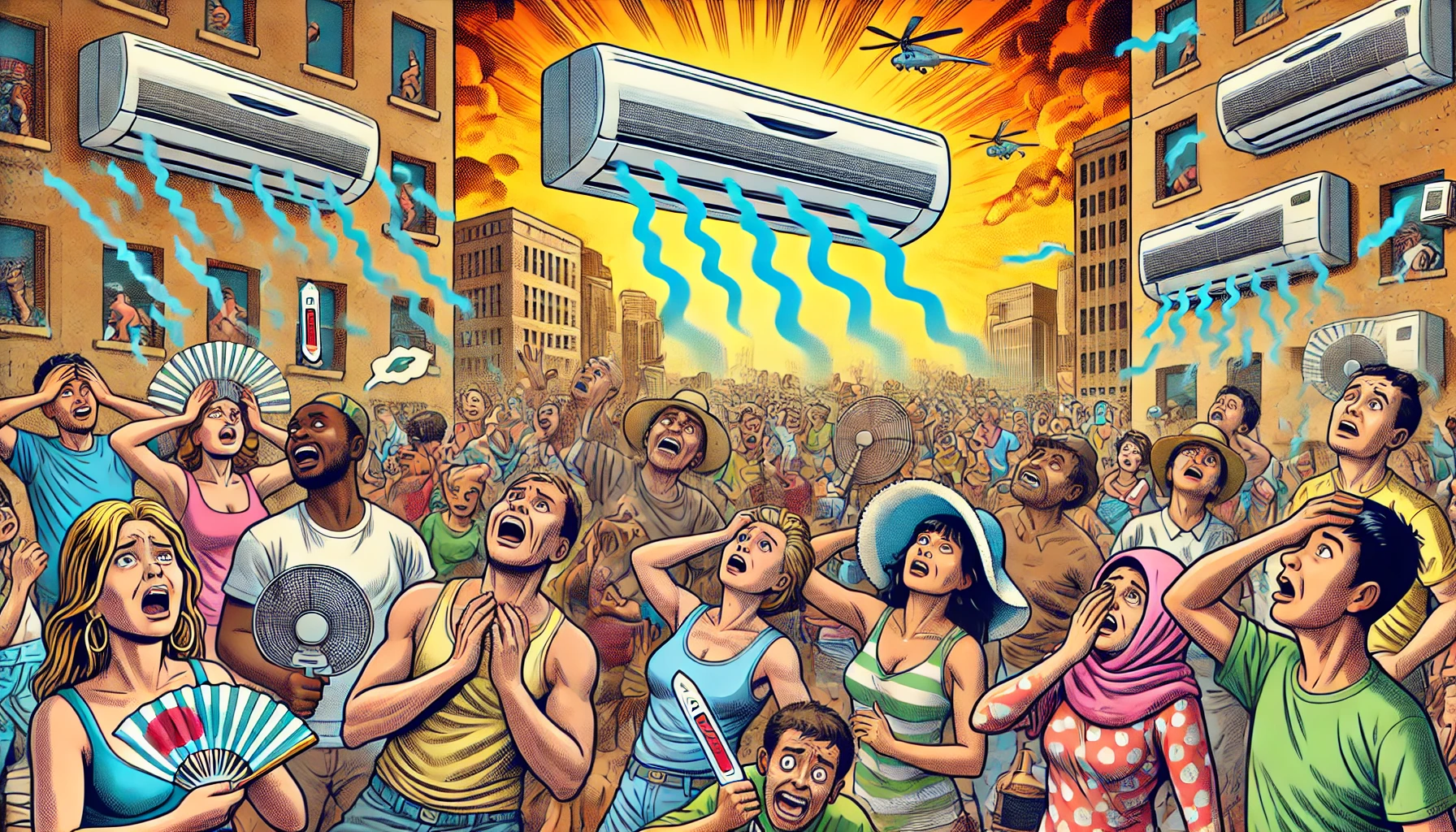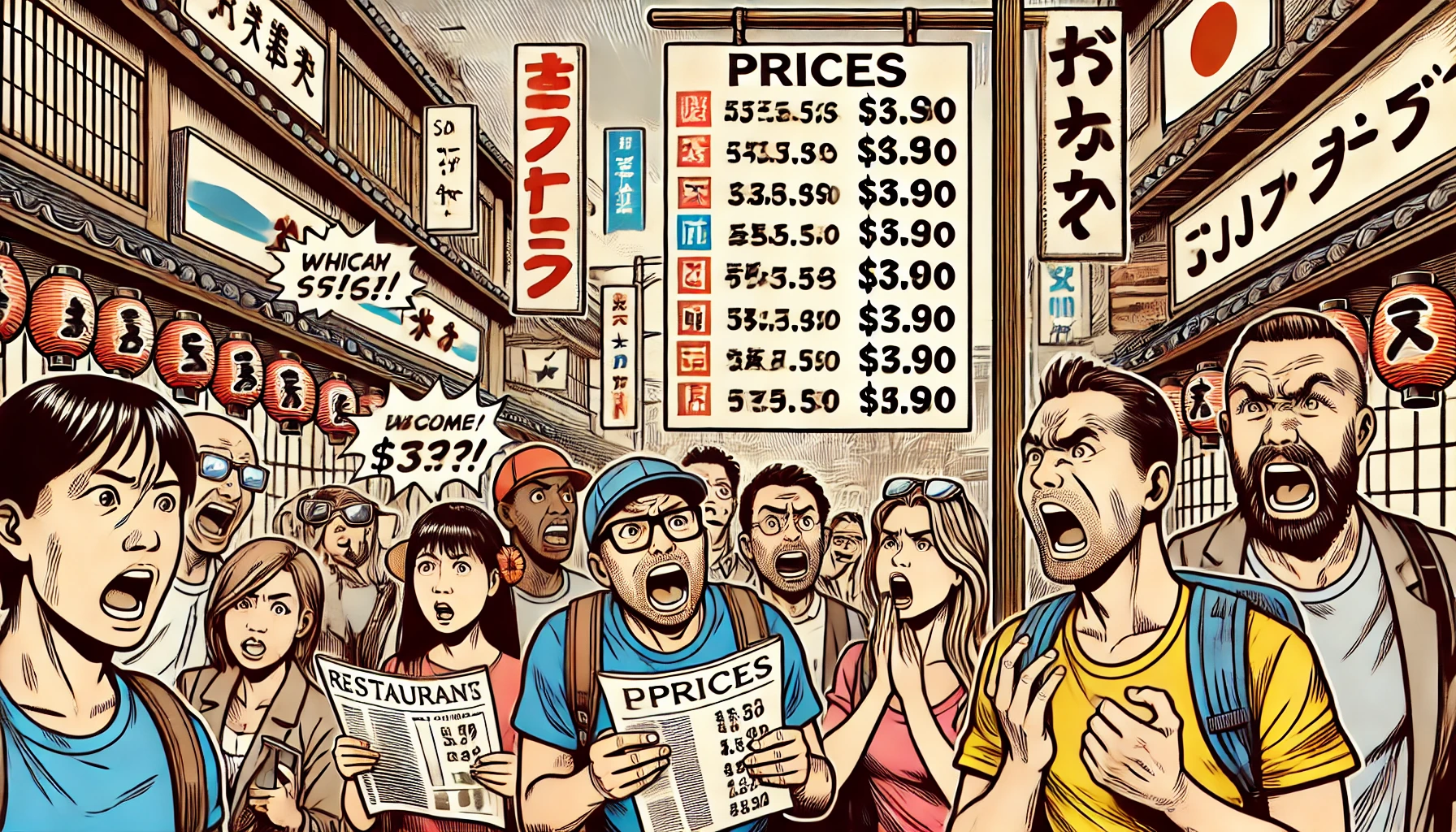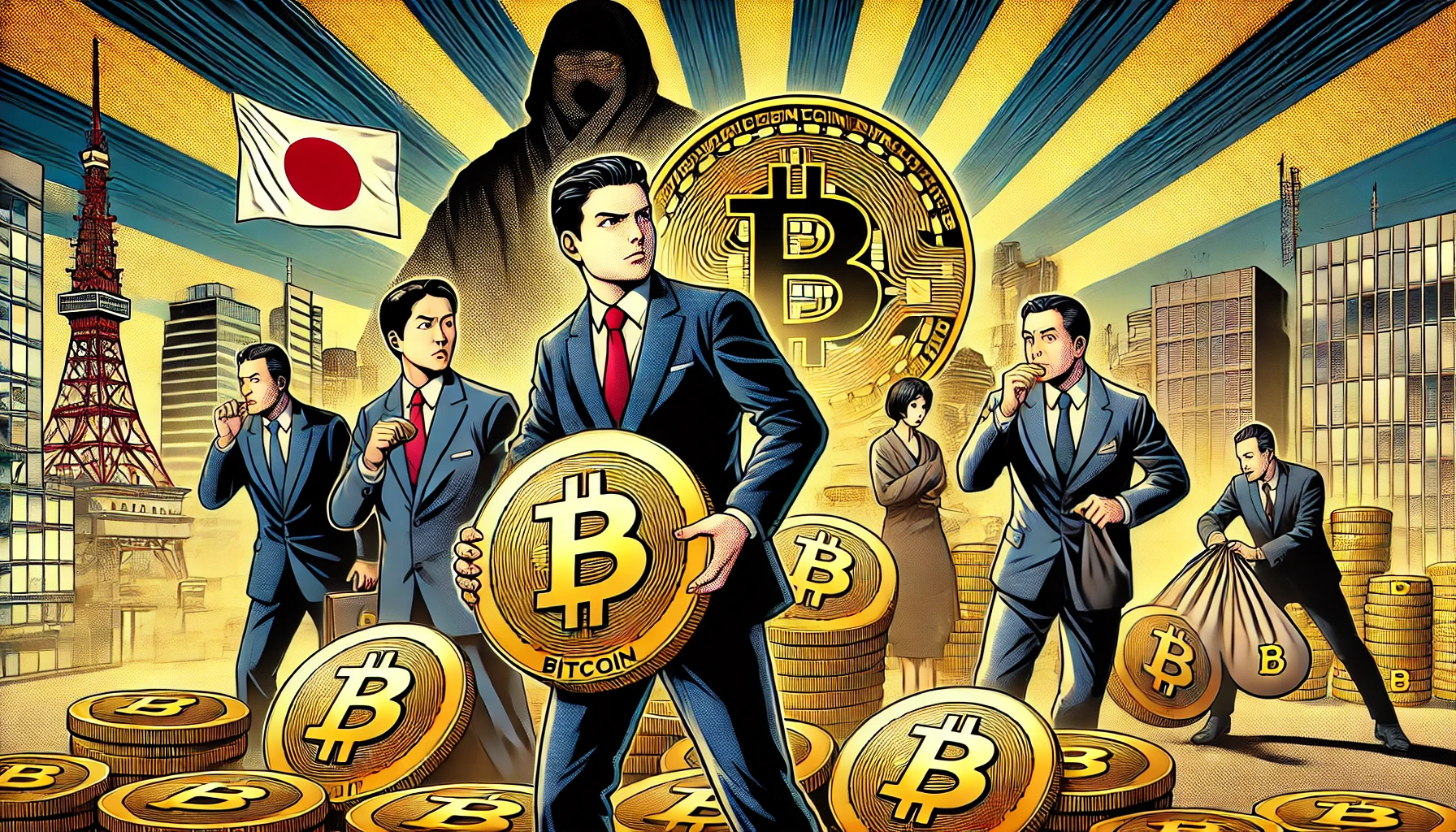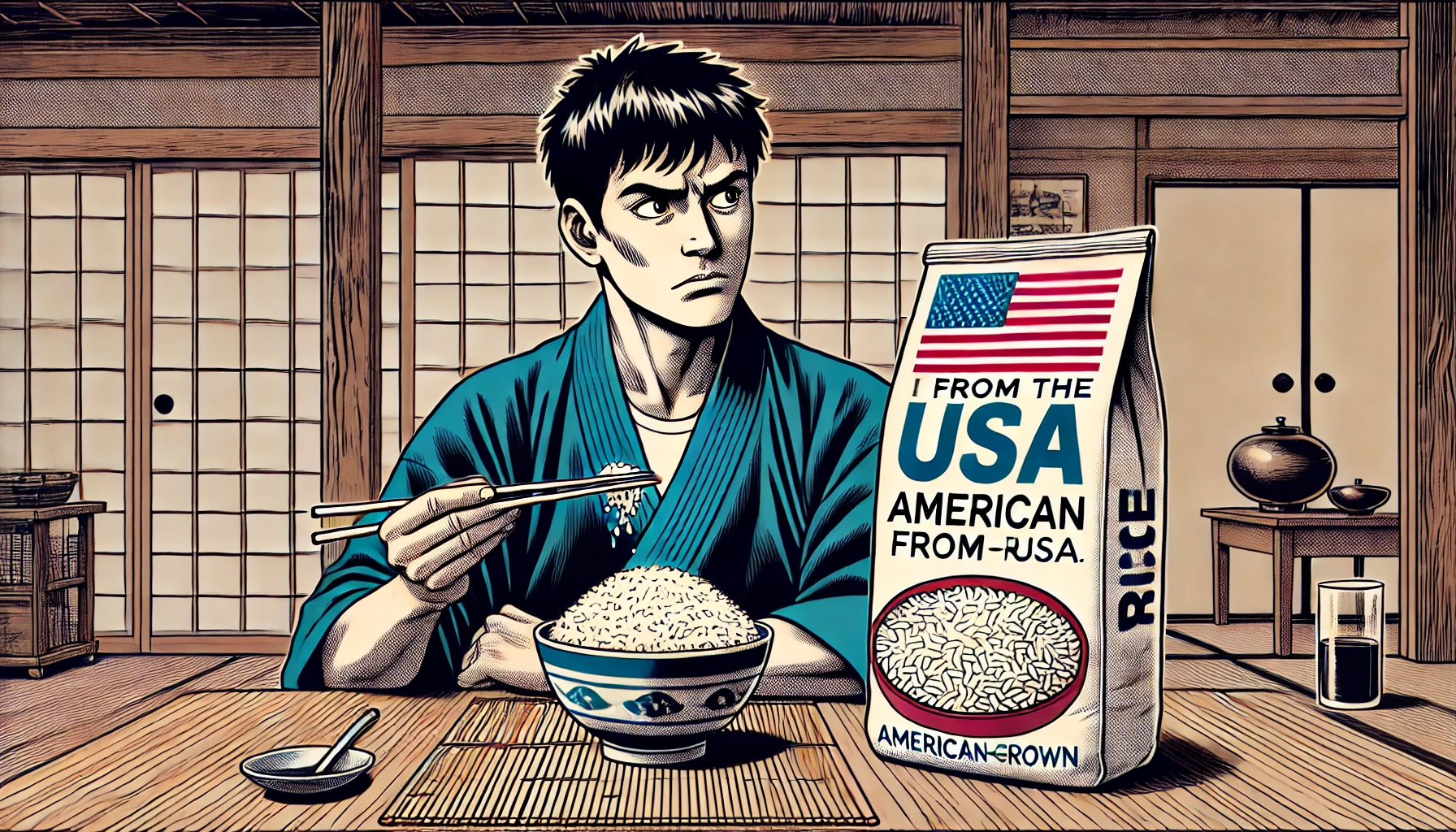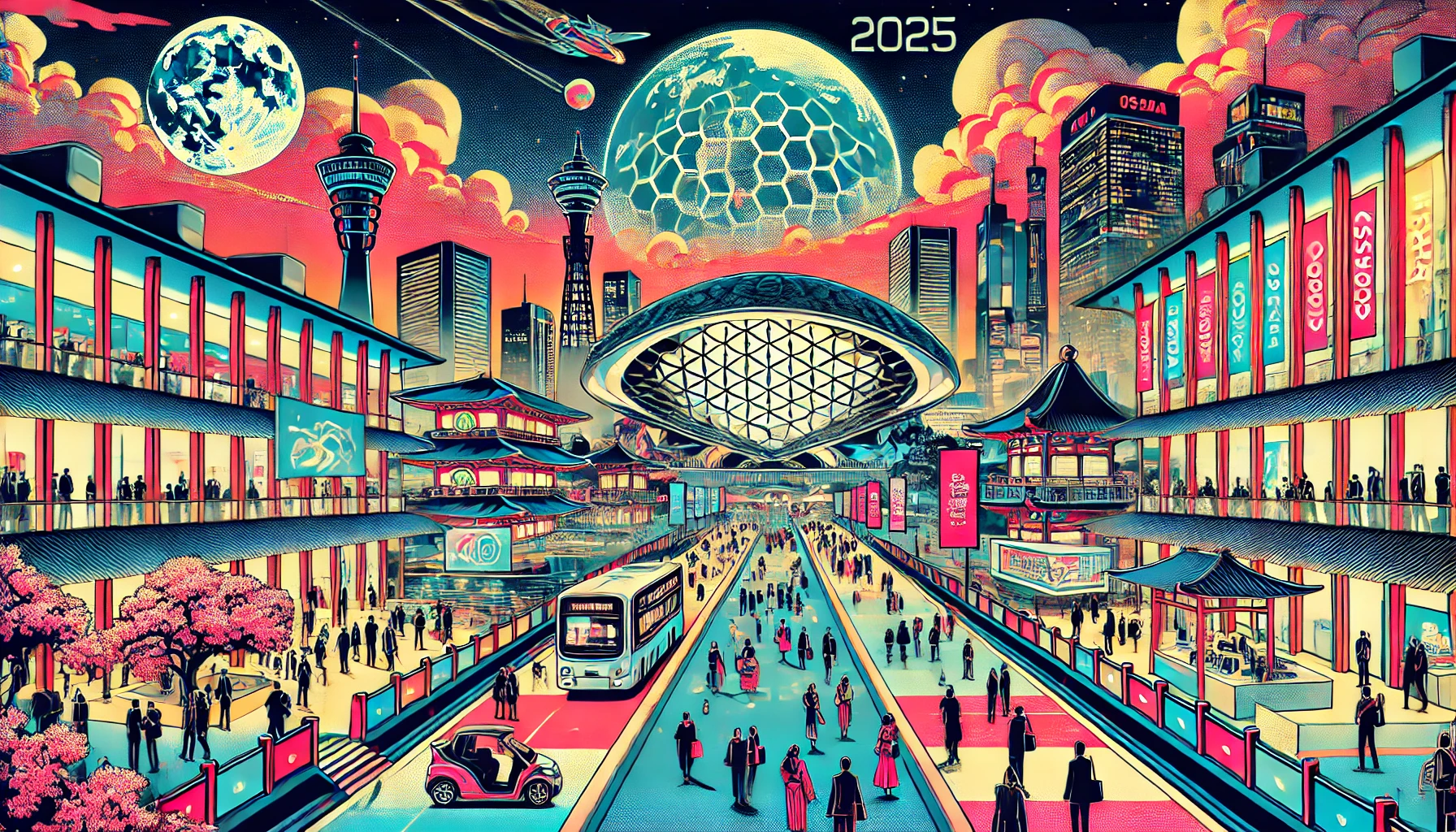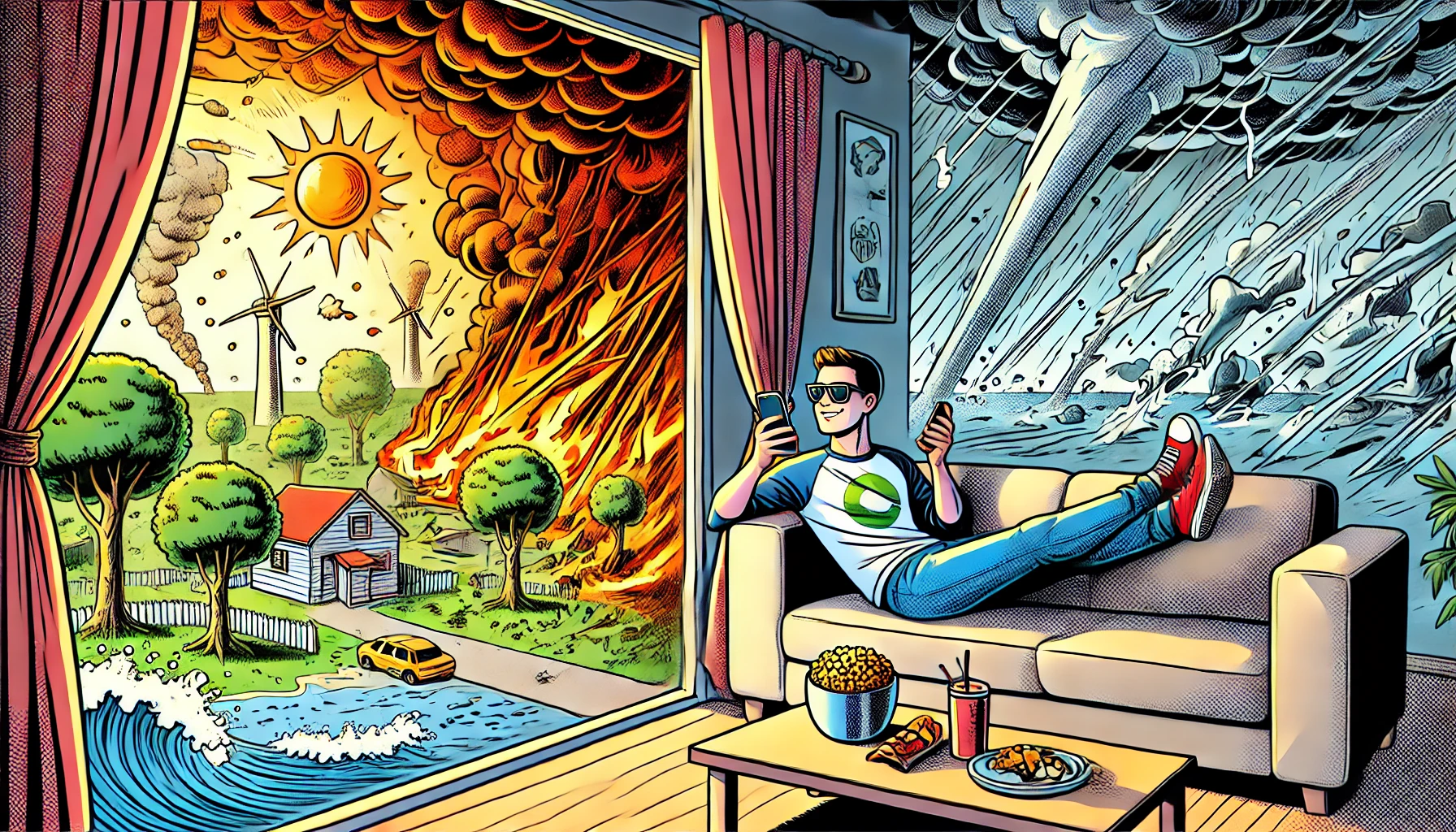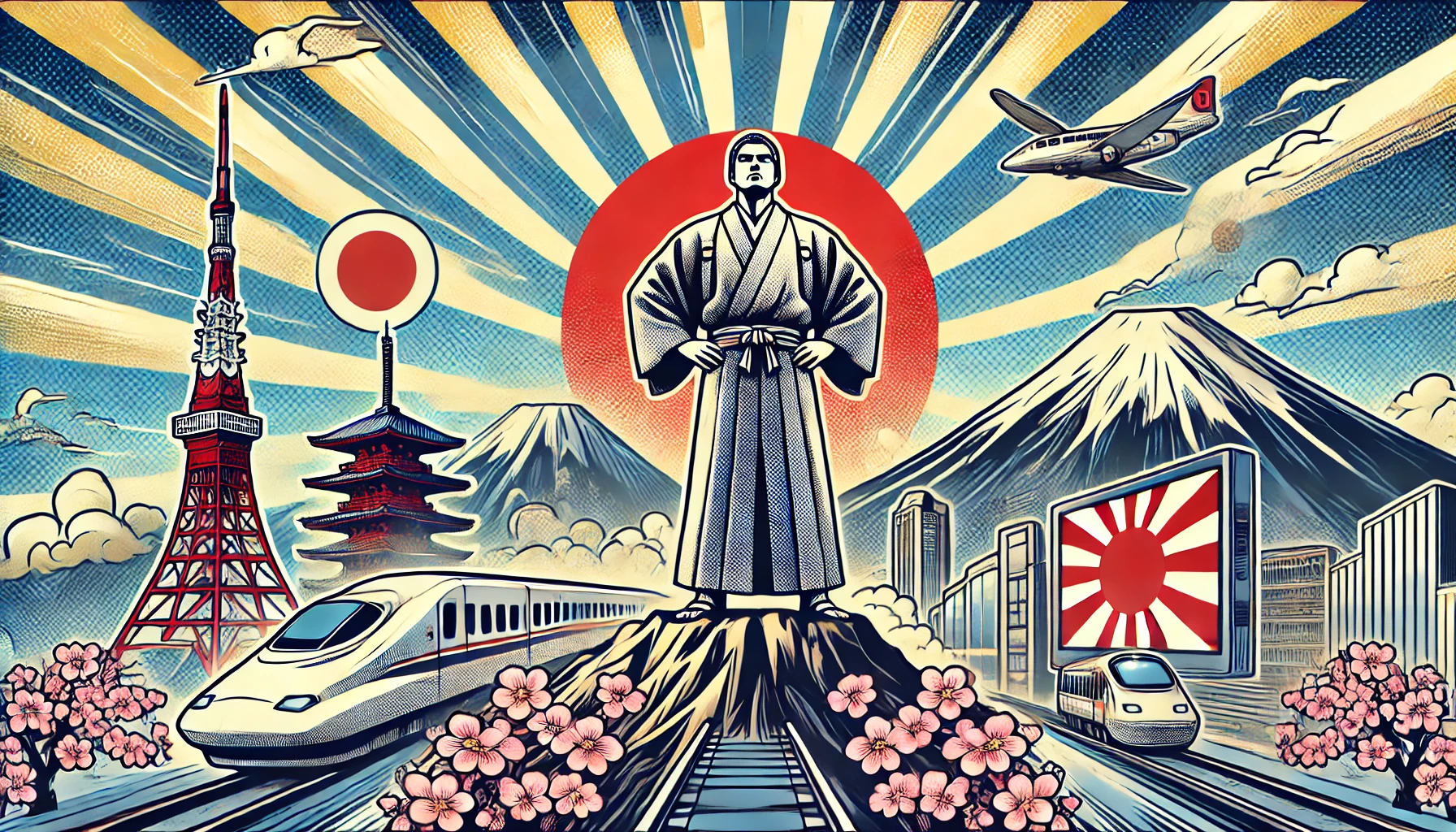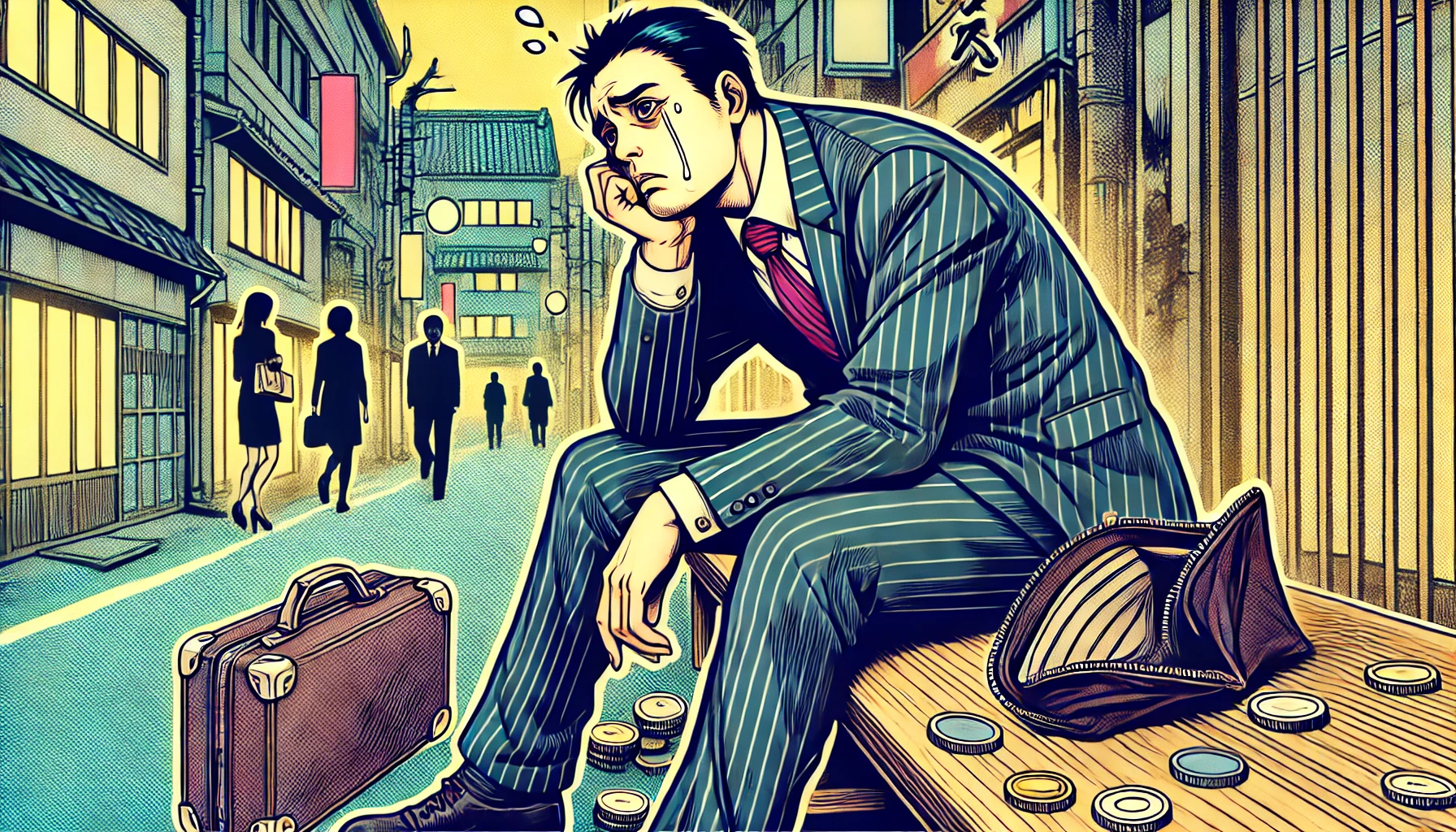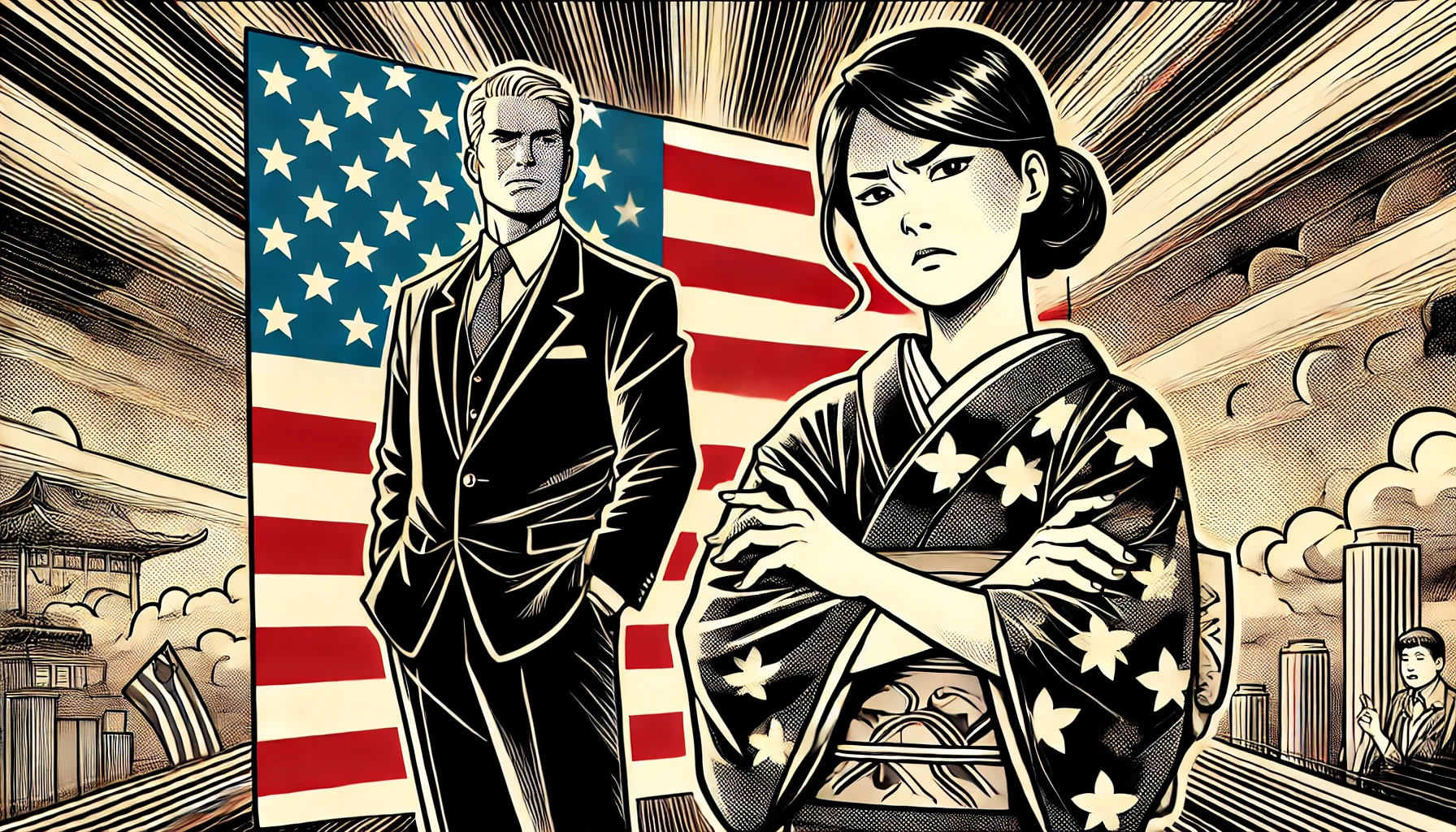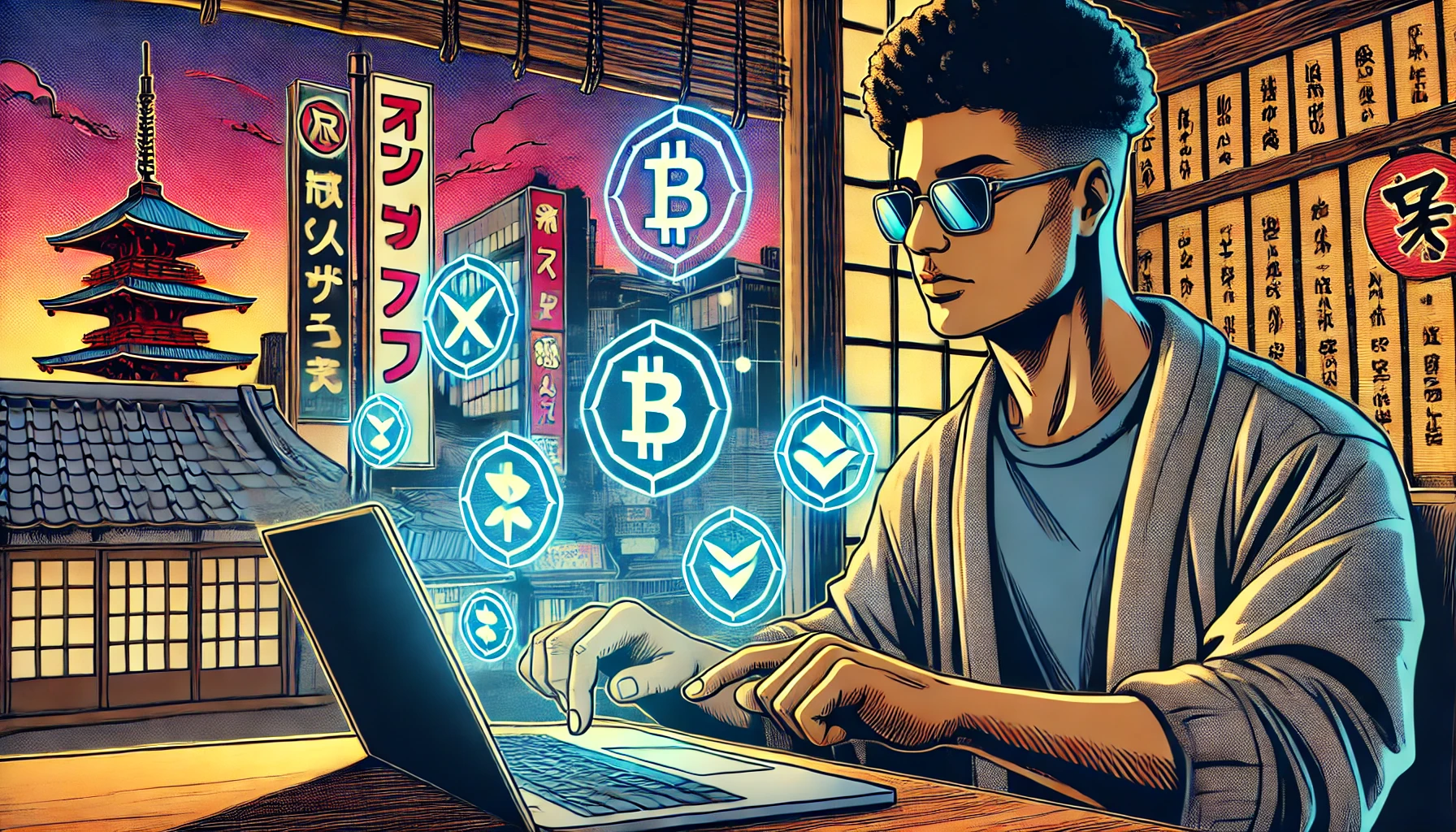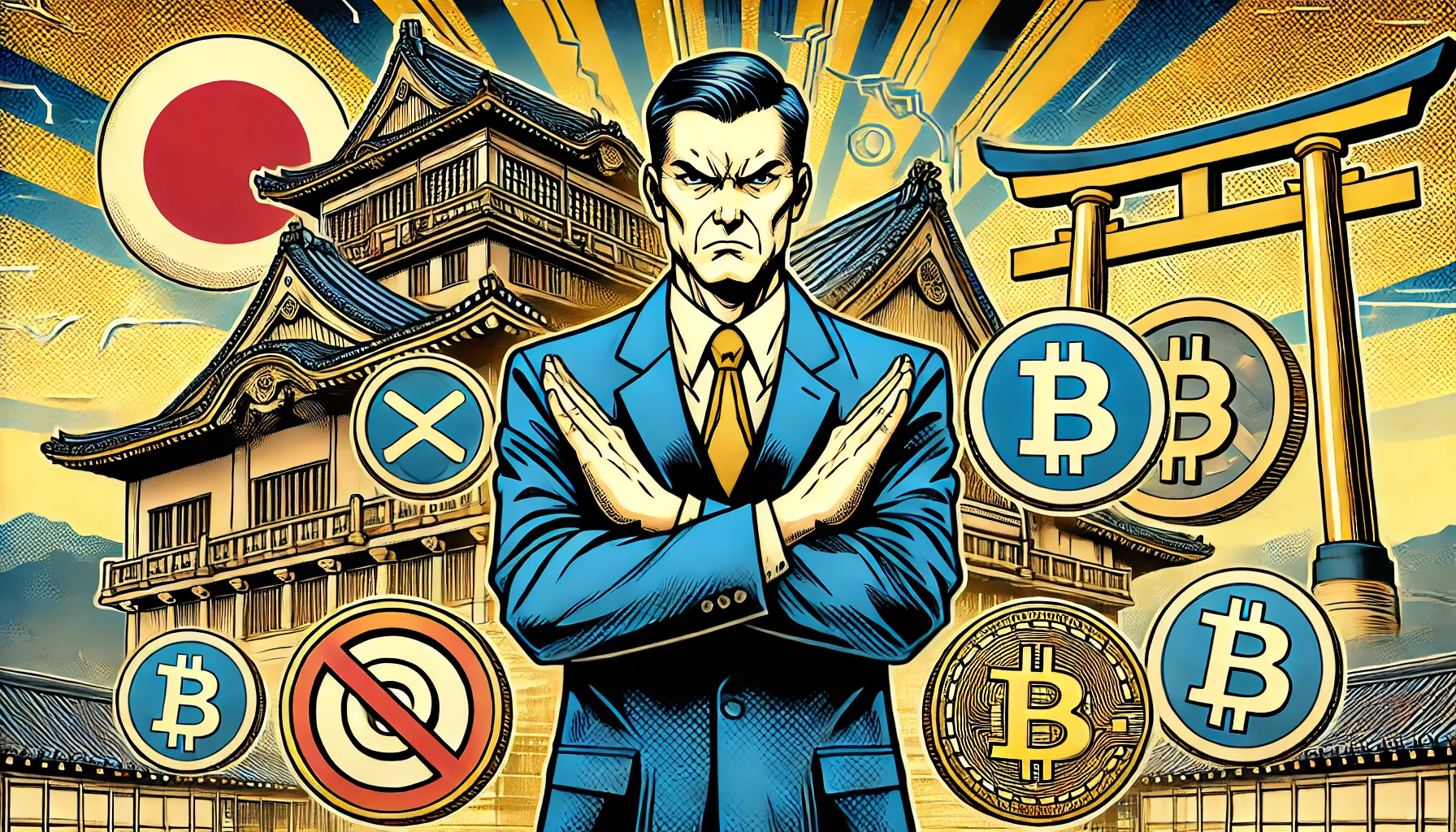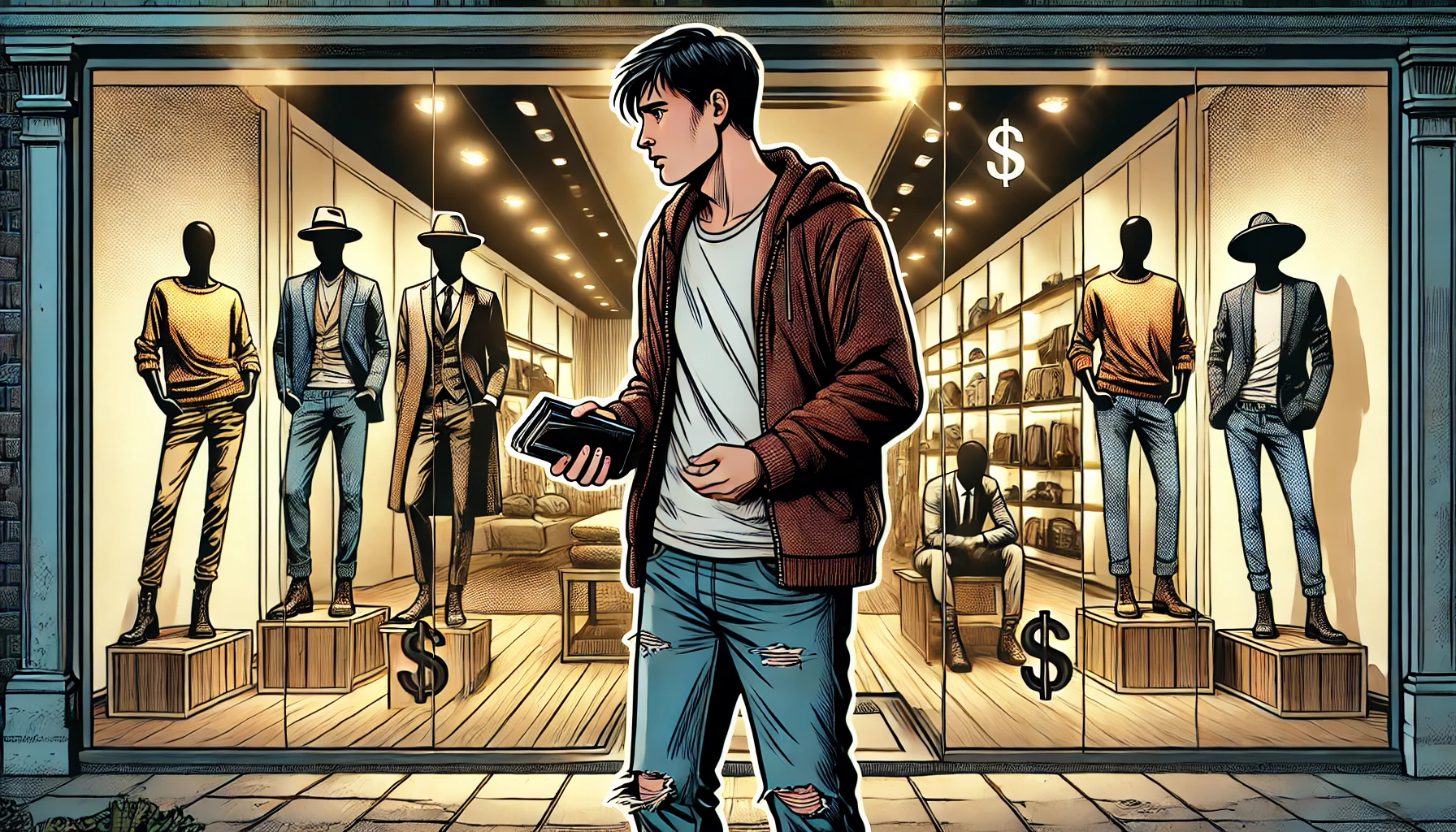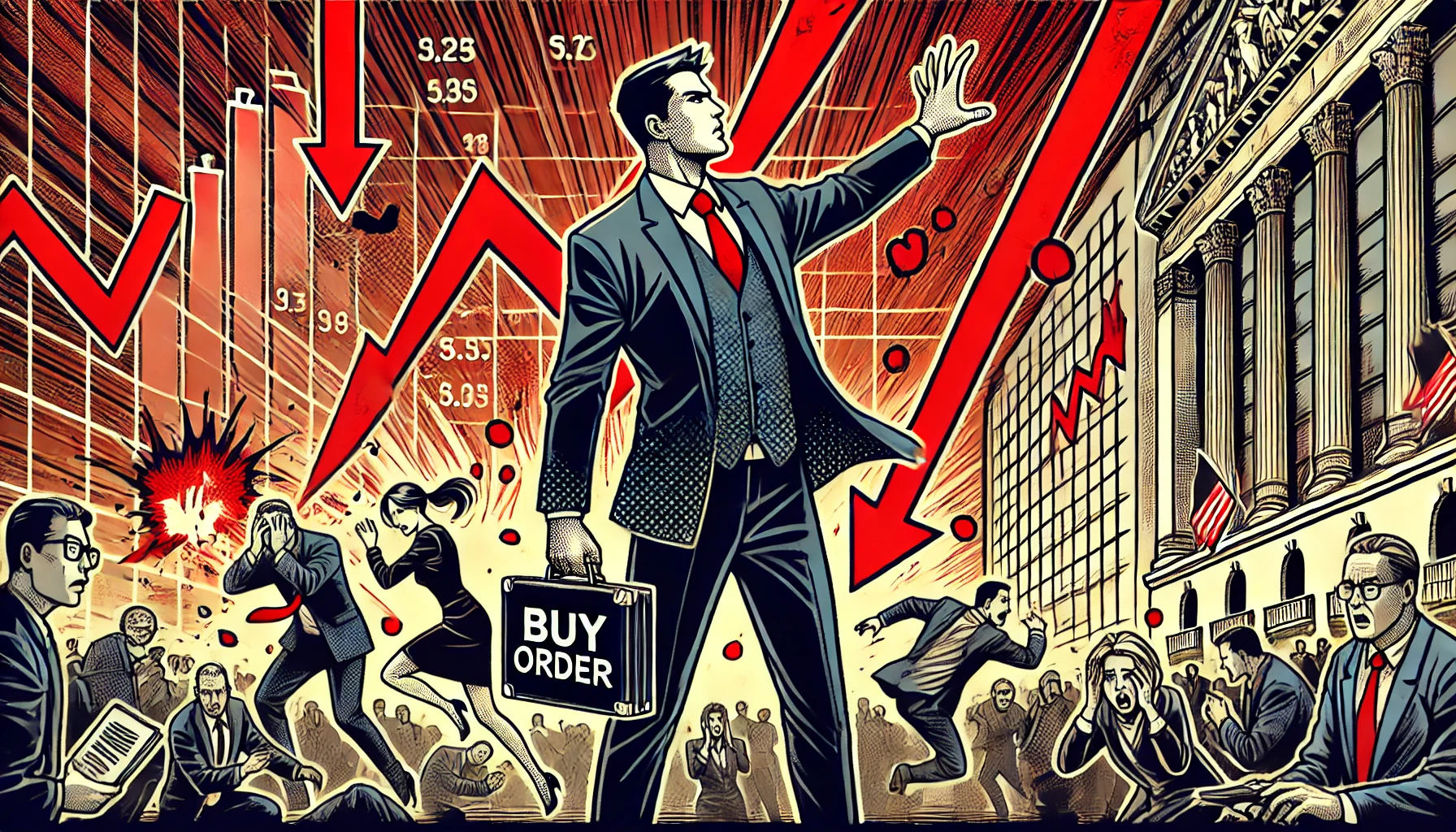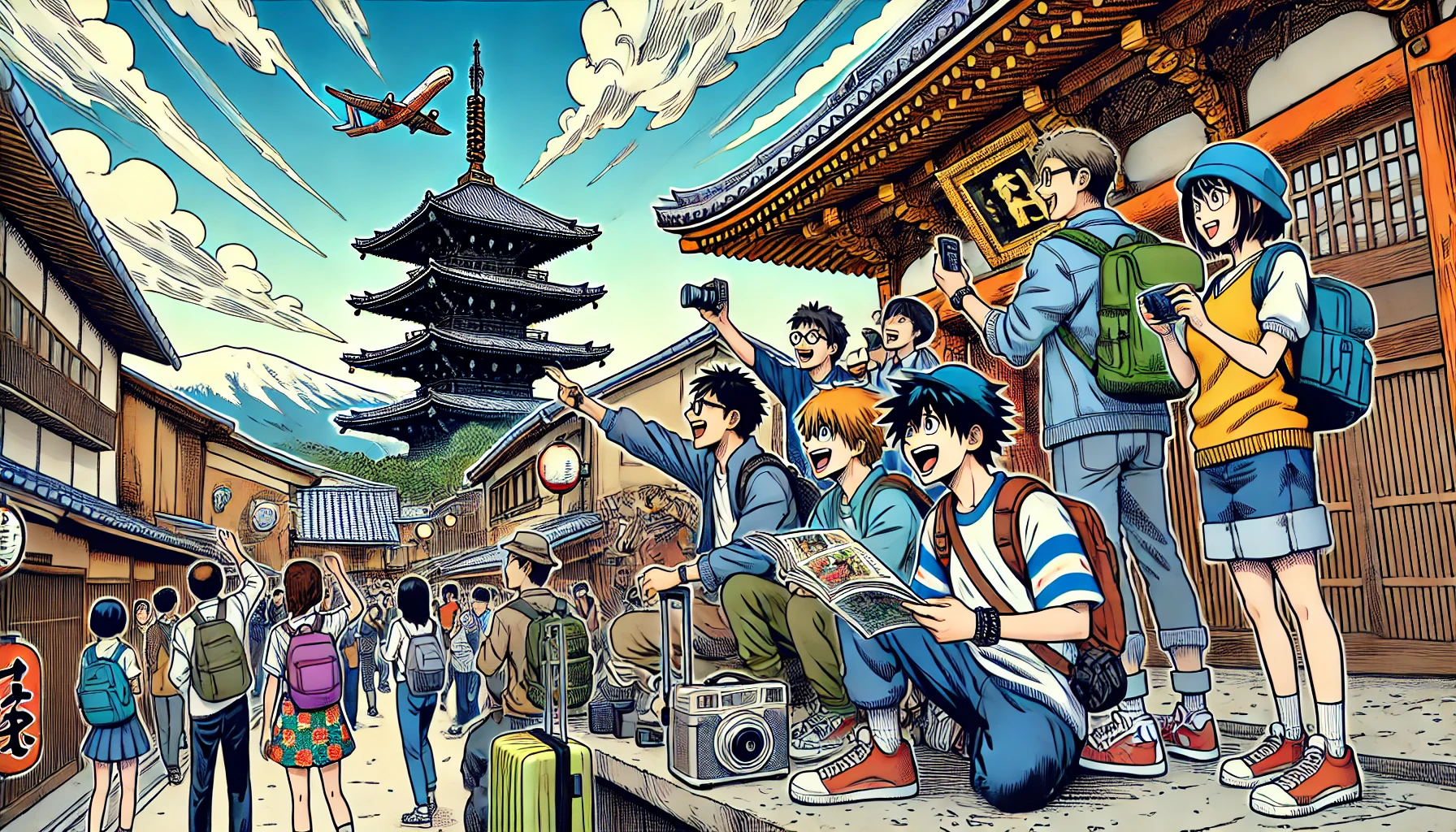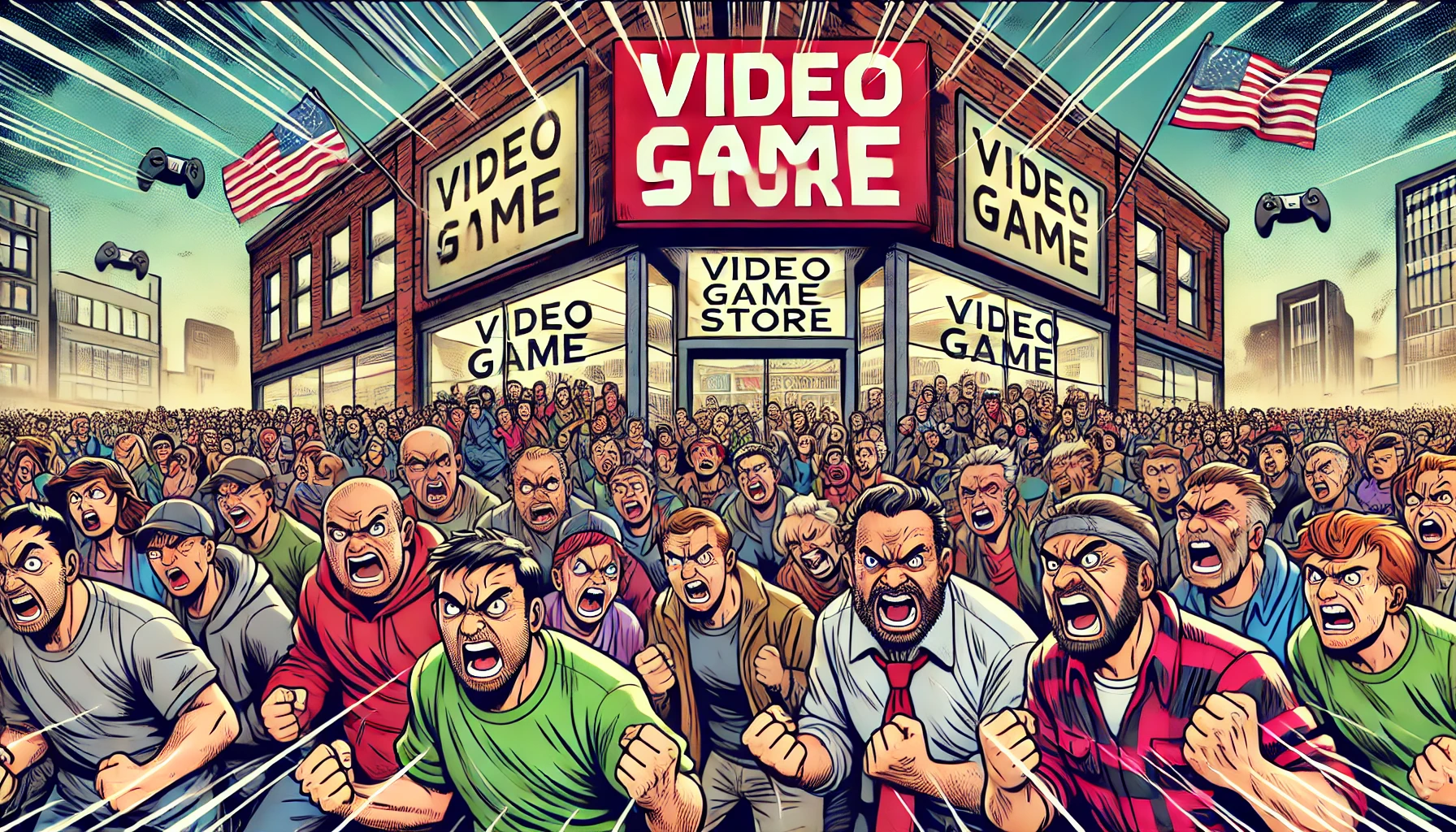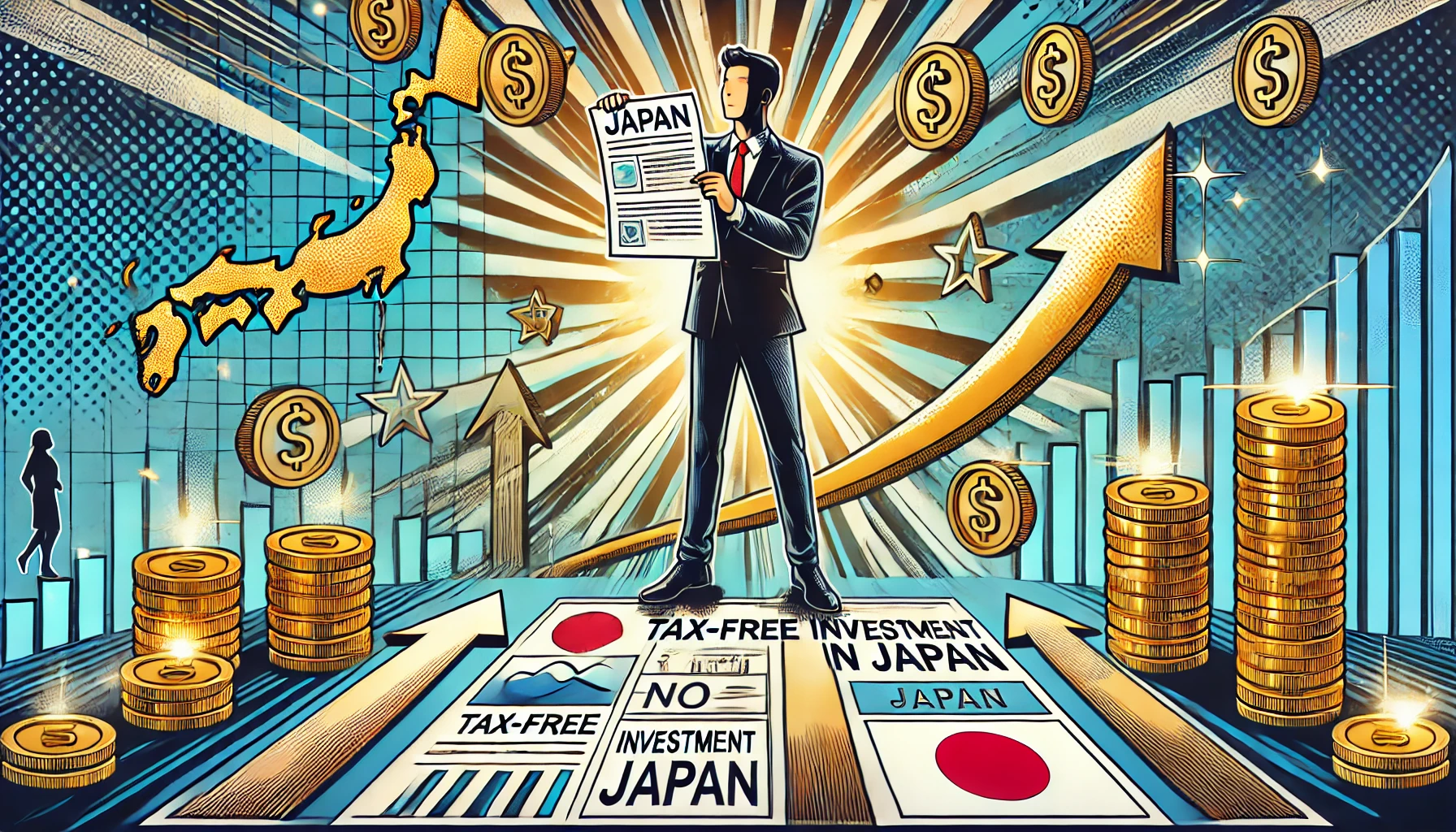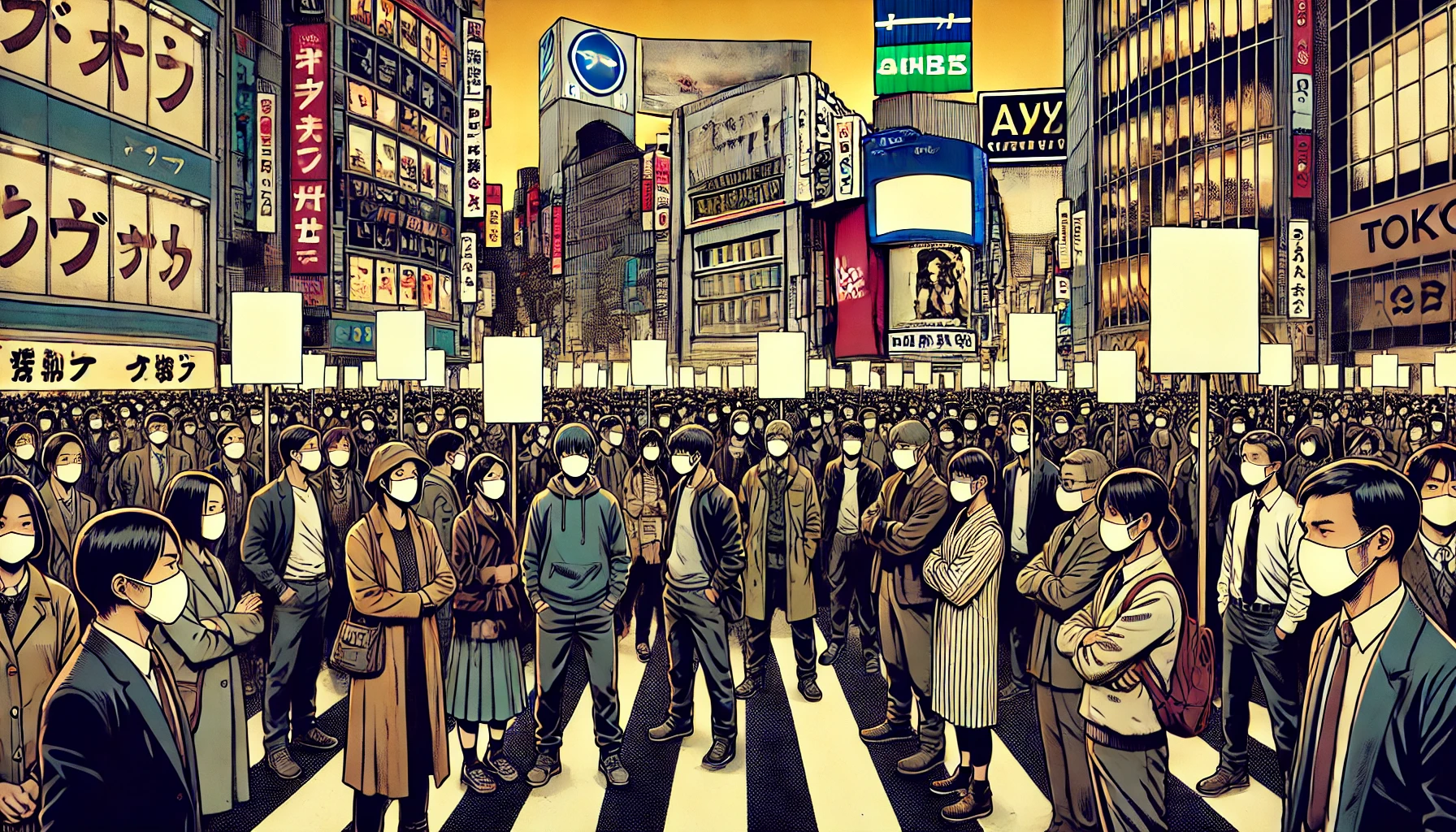
In Japan, where political demonstrations are often quiet and orderly, one group has broken the mold with its bold and confrontational stance against racism: Shibakitai (しばき隊). Known for disrupting hate speech rallies and confronting far-right nationalists face-to-face, this loosely organized collective has stirred both admiration and controversy.
🥁 Who Are the Shibakitai?
The name “Shibakitai” literally means “Let’s beat them squad,” and that captures the group’s ethos—proactive resistance against racism, xenophobia, and hate speech. The movement began around 2013 in response to a surge in anti-Korean demonstrations in Tokyo neighborhoods like Shin-Okubo. While hate groups marched with racist slogans, Shibakitai members showed up in force to disrupt, block, and drown them out.
They are not a registered organization. Rather, they operate as a loose network of activists, often coordinating online. Some members use pseudonyms, while others are well-known figures in academia, media, or music. Their activities have been linked with a broader movement known as C.R.A.C. (Counter-Racist Action Collective), but “Shibakitai” remains the more iconic and street-level term.
🧑🤝🧑 Who Joins the Shibakitai?
The ranks of Shibakitai are diverse. University students, journalists, artists, professors, and even elderly citizens have participated in their counter-protests. While many lean left politically, the core bond isn’t ideology—it’s a shared anger toward racism.
They often clash with Japan’s ultra-right groups, including hate speech demonstrators targeting Korean residents or promoting nationalist agendas. In these confrontations, Shibakitai chooses disruption over diplomacy.
🔥 Tactics and Controversies
Shibakitai members use a range of tactics:
- Forming human walls to block right-wing marches
- Chanting through megaphones to drown out hate speech
- Publicly identifying racist organizers online (a practice known as “doxxing”)
- In some cases, physically clashing with right-wing demonstrators
These confrontations have resulted in arrests and lawsuits. Critics say their actions sometimes cross into vigilantism, while supporters argue that traditional law enforcement has failed to deal with hate speech effectively. For many, Shibakitai represents a last line of defense in a country that has historically tolerated racist expression under the guise of free speech.
🇯🇵 How Are They Viewed in Japan?
Public opinion is split. Some see them as courageous defenders of minority rights. Others—including some moderate liberals—criticize their aggressive style as counterproductive. Because of their confrontational tactics, they’re often painted by conservative media as extremists or “left-wing thugs.”
Still, Shibakitai has forced a national conversation about hate speech, especially after the 2016 Hate Speech Law was passed. Many argue that law would not have existed without the pressure and visibility created by groups like Shibakitai.
🌍 Antifa Comparison: Japan vs the U.S.
Shibakitai is often compared to Antifa in the U.S., and there are clear similarities:
| Feature | Shibakitai (Japan) | Antifa (United States) |
|---|---|---|
| Origins | Reaction to rising anti-Korean rallies | Roots in 20th-century anti-fascism |
| Structure | Decentralized, informal network | Decentralized, with autonomous groups |
| Tactics | Street-level protests, physical blockade | Direct action, confrontation, online ops |
| Media Image | Viewed as extreme by some, heroic by others | Highly polarizing in U.S. media |
| Legal Scrutiny | Some members arrested or fined | Targeted by surveillance and legal measures |
Both groups fight hate, but often at the edge of legal and moral boundaries, leaving society to grapple with how far is too far when confronting intolerance.
✍️ My Perspective
Shibakitai challenges the myth that Japan is uniformly polite or apolitical. Their rise suggests that even in a culture known for avoiding confrontation, anger can mobilize. They are a response to a gap in Japan’s legal and political system—a kind of human firewall against hate.
But confrontation alone may not be enough. As Japan diversifies and its social tensions grow, activists like Shibakitai will need to balance resistance with strategy, emotion with outreach, and anger with impact.
Their message is powerful. But how it’s delivered may decide whether Japan moves toward healing—or deeper polarization.
🔮 What’s Next?
- Increased surveillance: Authorities may increase legal pressure as the group gains visibility.
- Shifting tactics: More activism may move online or toward community education.
- Global attention: As racism rises globally, Japan’s activist scene could become part of a wider transnational resistance network.

